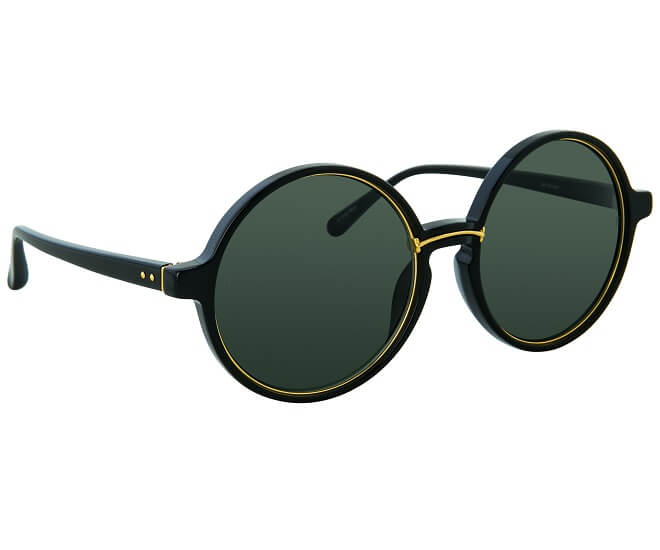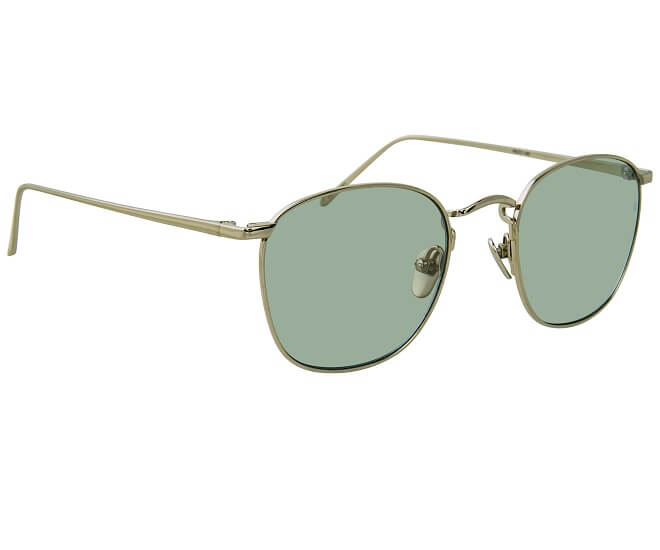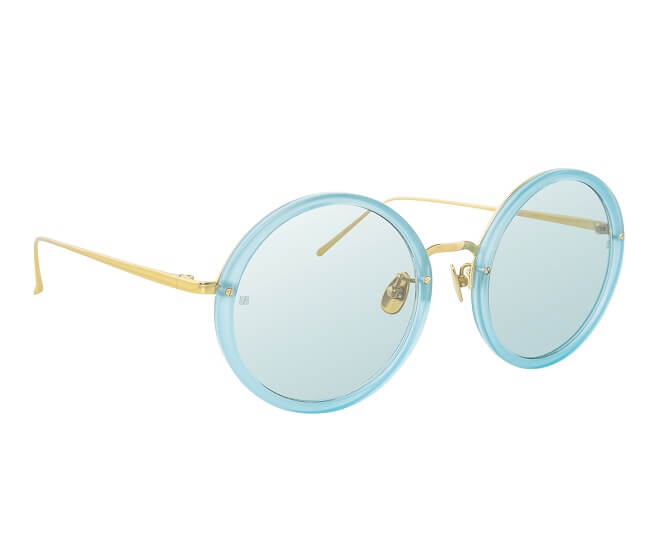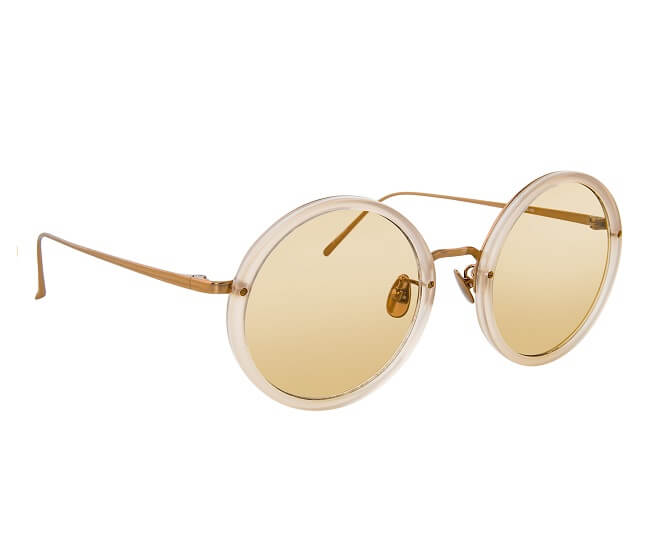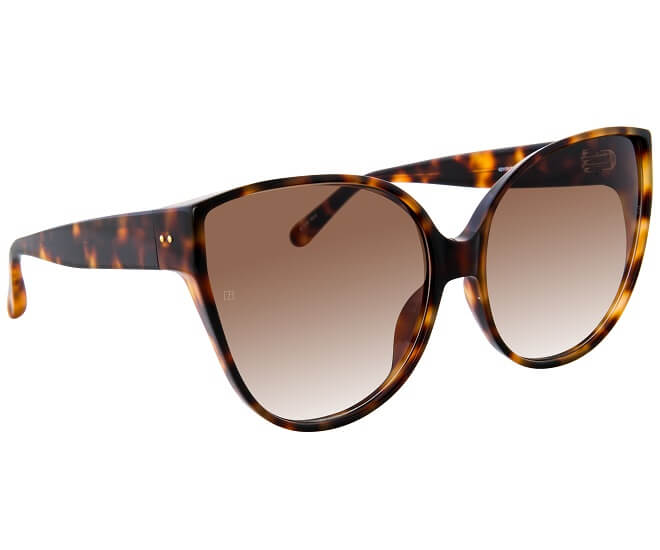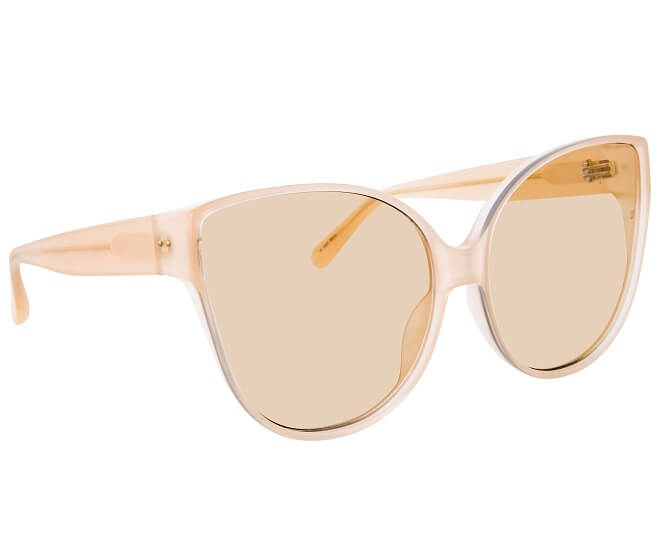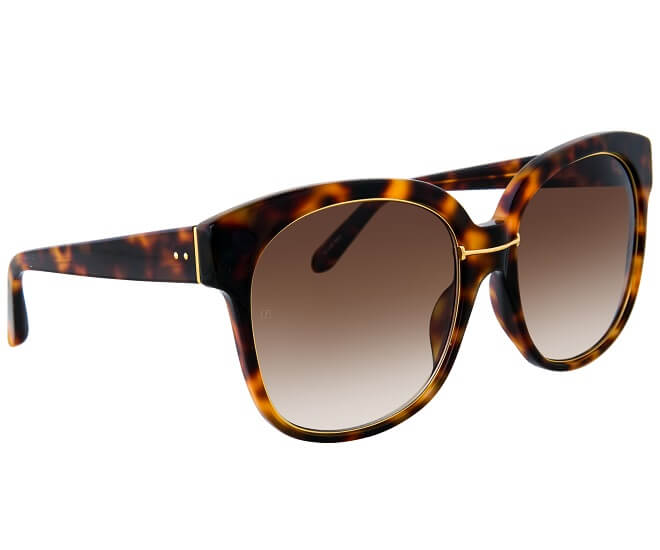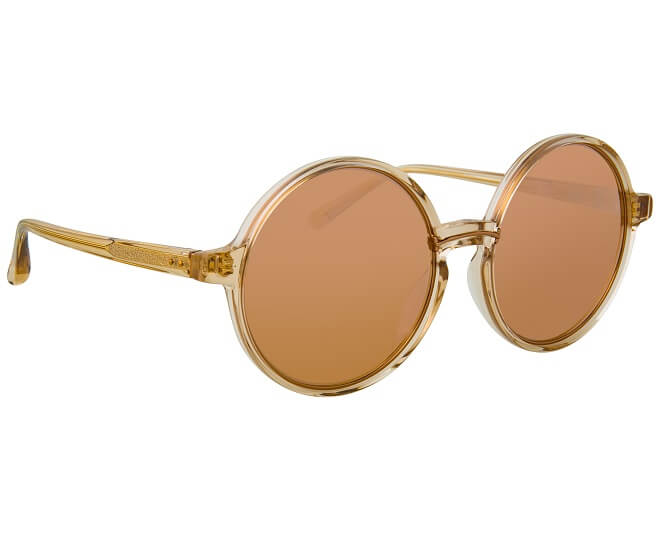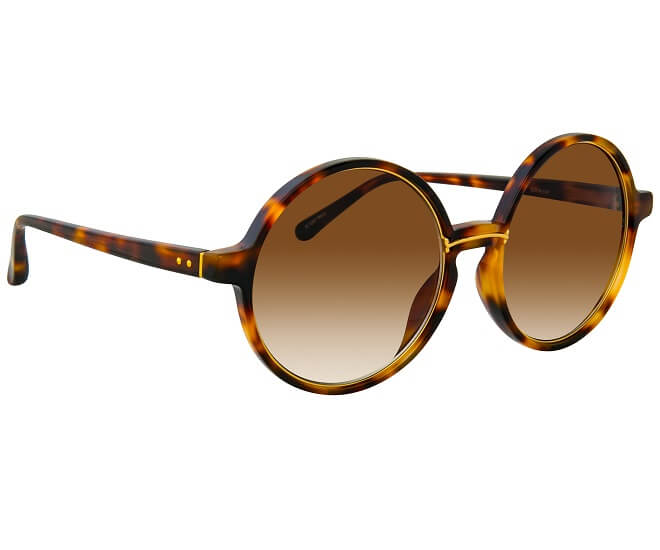Ref. 5136/1
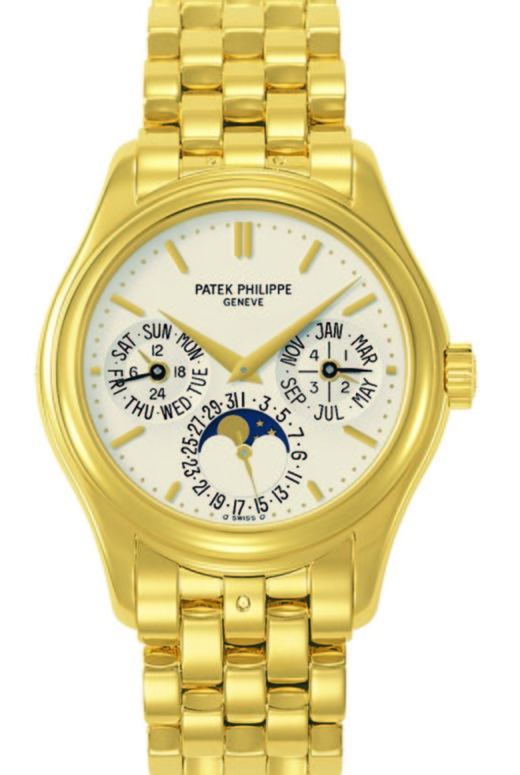
It is the educated opinion of seasoned watch collectors that the Ref. 3940 is the quintessential Patek Philippe perpetual calendar. Launched in 1985, a modern descendent would not be found till 2003 when the Ref. 5136/1 was first introduced. Measuring 36mm with 10.5 mm thickness, it was considered to be the successor of the 3940 and an aesthetic update of the previous 3945. Its larger case and a steeper bezel give it an elegant yet masculine countenance. Introduced in white gold and yellow gold, it was discontinued in 2008 and is one of the rarer models, and immediately distinctive thanks to its gorgeously thick (matching) gold bracelet. A silvery white dial with applied hour indexes and dauphine hands set the stage for subdials indicating month and leap year, with moonphase and date sharing a counter at 6, and day and 24-hour indicator at 9. In the driver’s seat is the automatic calibre 240 Q, with 46 hours of power reserve, and bearing the Geneva Seal.
Ref. 5140
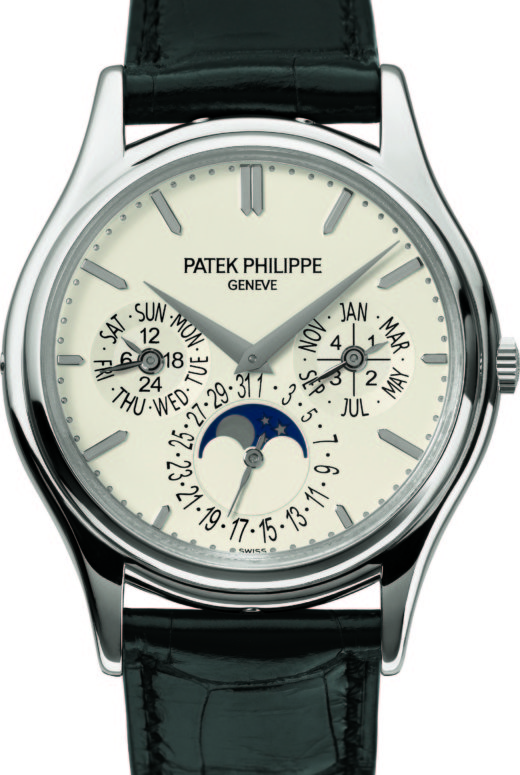
Also a direct descendant of the landmark Ref. 3940, the Patek Philippe Ref. 5140 differentiates itself from its vintage predecessor and slightly older relative through a larger case and updated dial design. Though it debuted in 2006, three years after the Ref. 5136, the 5140 was itself only updated 10 years on with a platinum case and matched with a sophisticated charcoal grey sunburst dial with applied point-baton gold hour markers. By 2017, the perfect fusion of high horology and purist beauty was updated with an ebony black sunburst dial and diamond hour markers. If not readily apparently, the subdial positions should telegraph the presence of the legendary calibre 240 Q driving the indications beneath the surface – the same calibre also powered 3940.
Ref. 5159

Featuring the Calibre 324 S QR, the Ref. 5159 launched in 2007 bridged a 14-year period when Patek Philippe first attempted a perpetual calendar with central indications and windows rather than subdials. It was a highly legible and contemporary design with classical overtones thanks to its hand-guilloched dial and retrograde date display. Identifiable thanks to its straight lugs and “turban-style” crown, the Officer-style timepiece with day, month, leap year display in apertures, offers balanced symmetry throughout the entire face of the watch. There’s a lot to see but nothing distracts you from the centre of the action because all functions are easily read by looking at the central hands and then widening your glance outwards. Incidentally, it is also one of the few Patek Philippe perpetual calendars with sweep seconds hand.
Ref. 5139
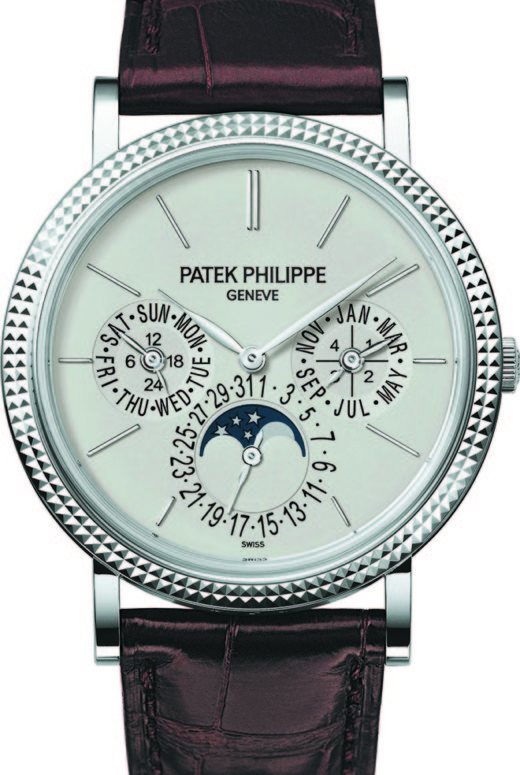
First presented in 2008, the Ref. 5139 Perpetual Calendar features a perfectly symmetric dial on a bed of glossy black lacquer framed by the iconic “Clous de Paris” hobnail decorated bezel. Sleek leaf hands and thin baton hour markers in white gold create graceful contrasts that play up the Geneva manufacture’s deft approach towards high complication watchmaking and skilful design – the focus is clearly on rendering the many indications in the most legible way. Though the subdial at 6 with moonphase and date is aesthetically larger to create practical emphasis for the most-used feature, the analogue displays are also driven by the familiar calibre 240 Q. At 8.7mm thickness, it has one of the slimmest profiles for a Patek Perpetual Calendar.
Ref. 5496
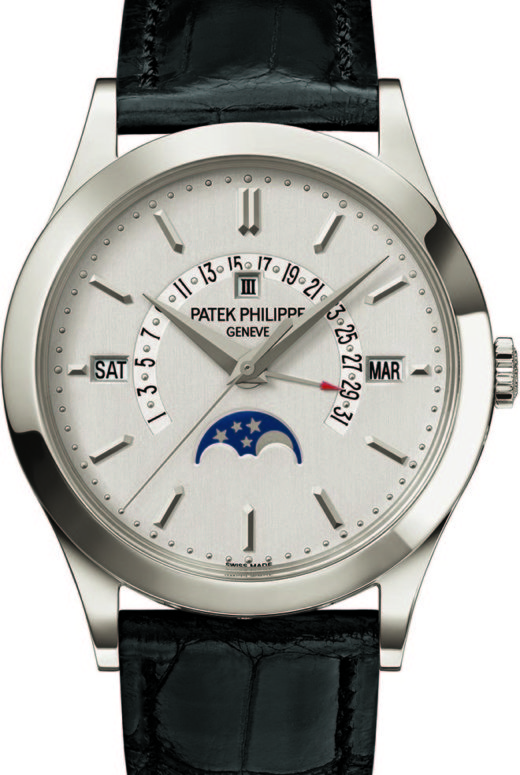
Referencing the sleek silhouette and timeless aesthetics of the famous Ref. 96 Calatrava, a watch which is often emblematic of the maison, the 2011 Ref. 5496 tips its hat to 1930s aesthetics while maintaining the heart of the contemporary perpetual calendar, calibre 324 S QR. What results is a perpetual calendar with retrograde date hand that has become one of the manufacture’s legendary models. In 2016, an edition with a new silvery dial and vertical satin finishing with applied rose gold date numerals entered the picture, adding to the sophistication of the series.
Ref. 5940
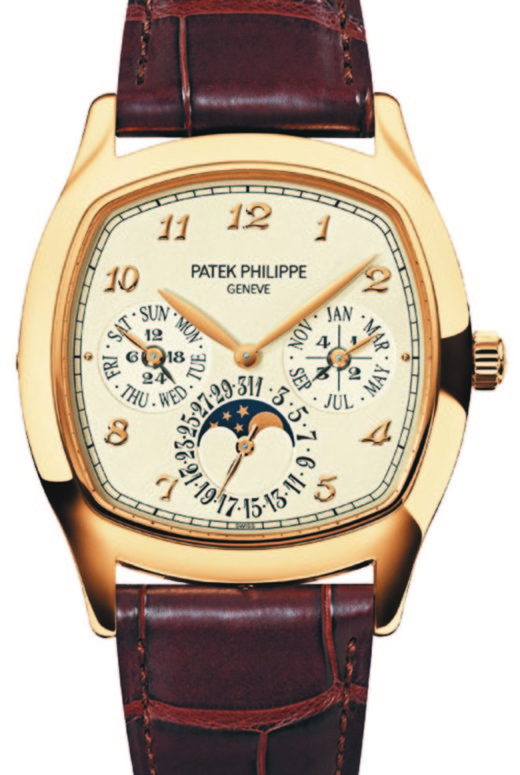
Who can forget the inimitable “cushion-shaped case”, more commonly associated with one of Patek Philippe’s minute repeater references (and one belonging to Henry Graves no less)? In 2012, brought the glamorous Art Deco style to its family of perpetual calendar timepieces with the ultra-thin Ref. 5940. Gently cambered flanks and a svelte form make this one of the most recognisable perpetual calendar references, just by virtue of not being round. The applied Breguet numerals in gold add further distinction to a collection usually marked via hour baton markers or standard roman numerals.
Ref. 7140
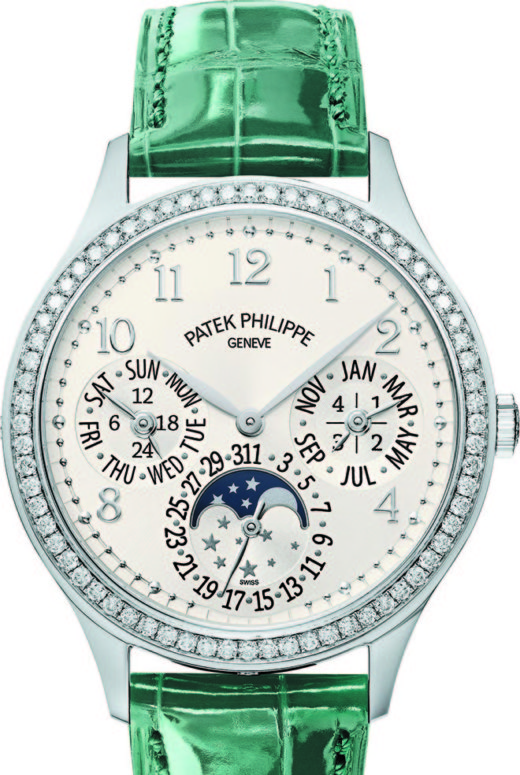
Dressed with a bezel of flawless Wesselton diamonds (68 diamonds totalling approximately 0.68 carats, and a clasp bearing 27 diamonds totalling 0.20 carats, approximately), one wonders about the necessity of a “women’s” perpetual calendar when literally all the references aren’t that much bigger than the 35.1mm Ref. 7140. That said, Patek Philippe introduced a silvery sunburst face and dainty gold applied numerals with this model. It was purpose-designed and built for women, and the brand wants onlookers to know it.
Ref. 5160/500
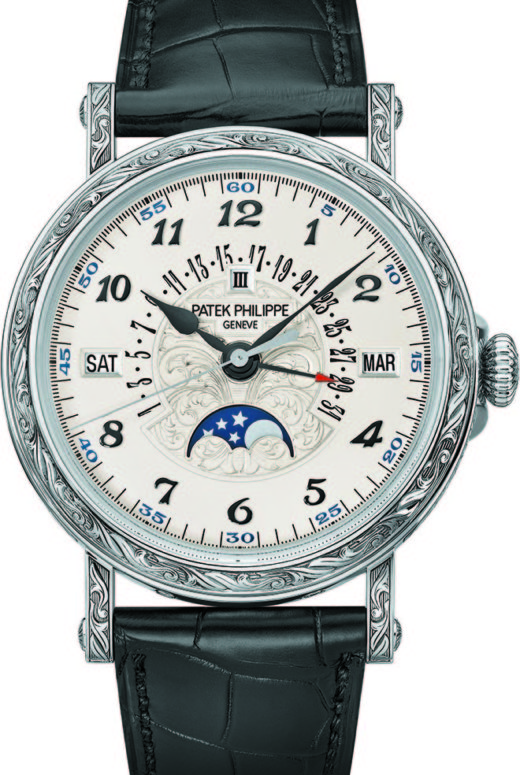
Presented in 2016, the Ref. 5160/500 was a showcase of the brand’s equally formidable skills in rare handcrafts. The Officer-style case in white gold with hinged cover was entirely hand-engraved – from lugs and clasp to the crown – with arabesque decorations inspired by a vintage pocket watch from the Patek Philippe Museum in Geneva. A silvery opaline dial with filigreed central engraving hides our old friend, the calibre 324.
Ref. 5327
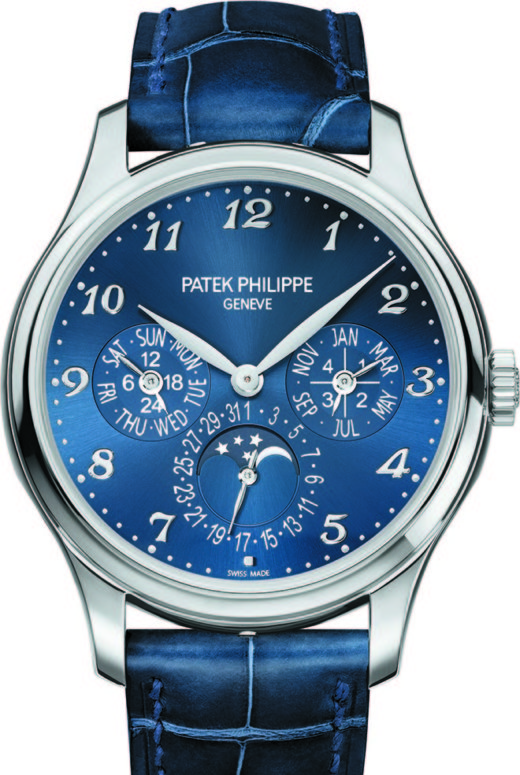
That same year, the Ref. 5327 updated the classical perpetual calendar aesthetic and rather than use baton hour indexes, introduced Breguet numerals; the famed round Calatrava case remains in place, with gently fluted and laterally pierced lugs. There are two dial variants: the royal blue sunburst dial carried an air of serious luxury with its reflective white gold case while the ivory lacquered dial editions (accompanying yellow and rose gold models) enhanced the vintage appeal of one of Patek Philippe’s latest perpetual calendar references. But the best was yet to come.
From: World of Watches #39.
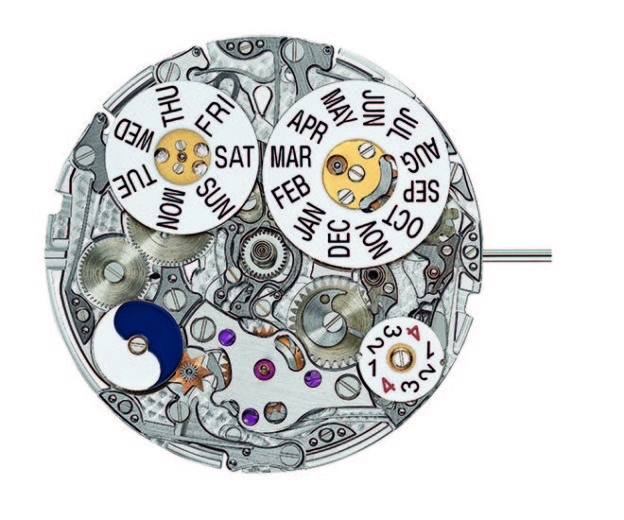
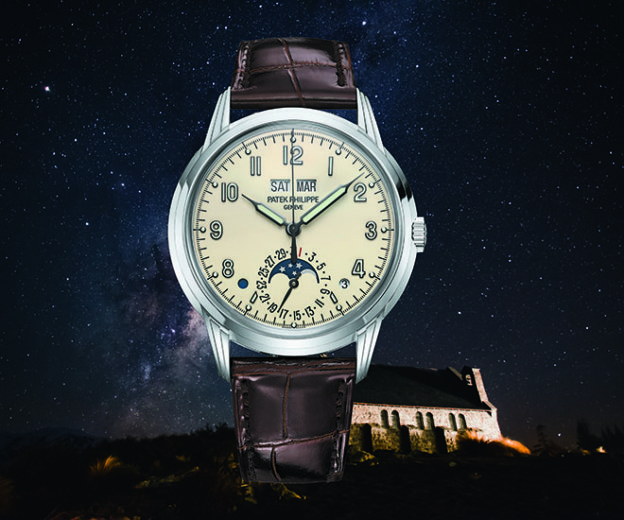
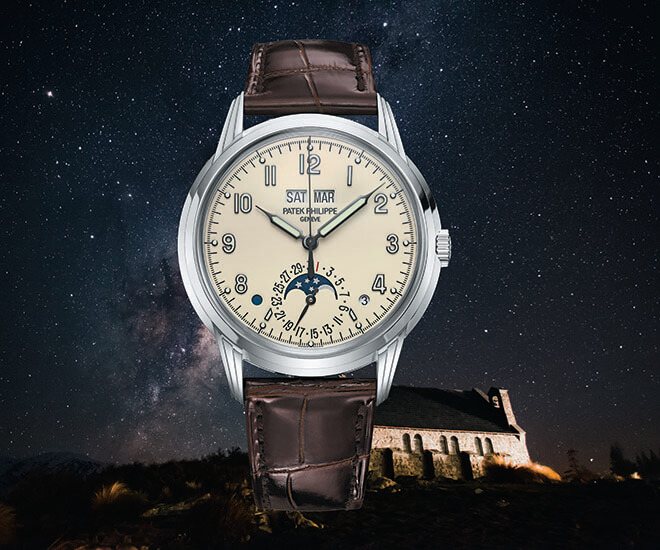
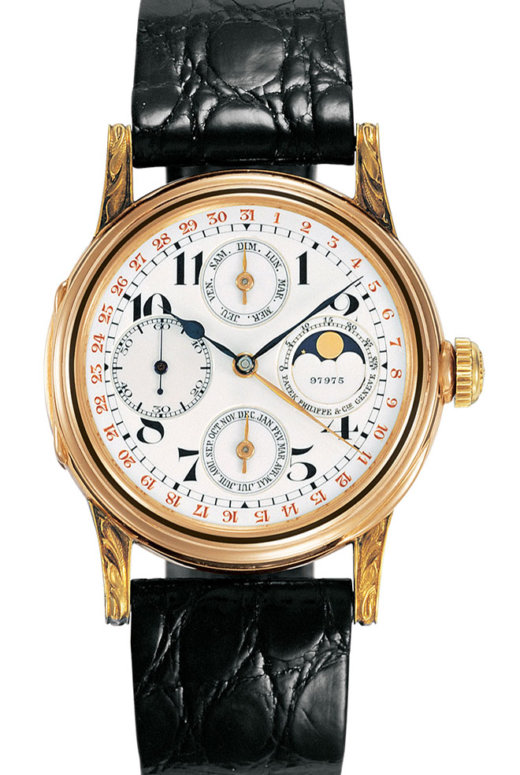
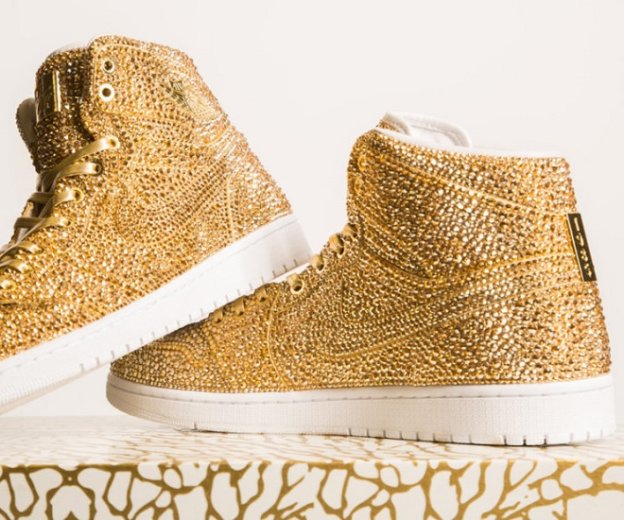
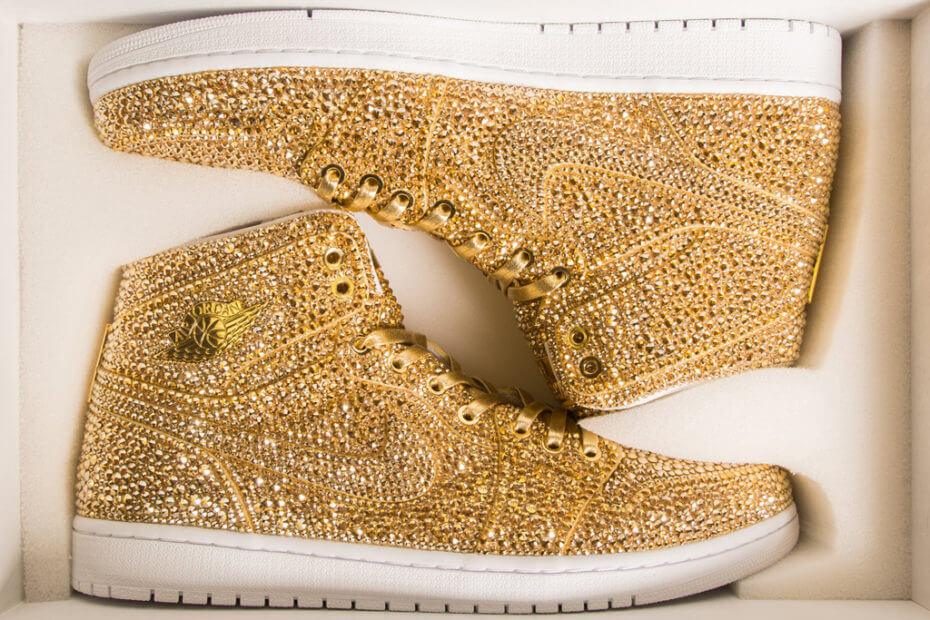
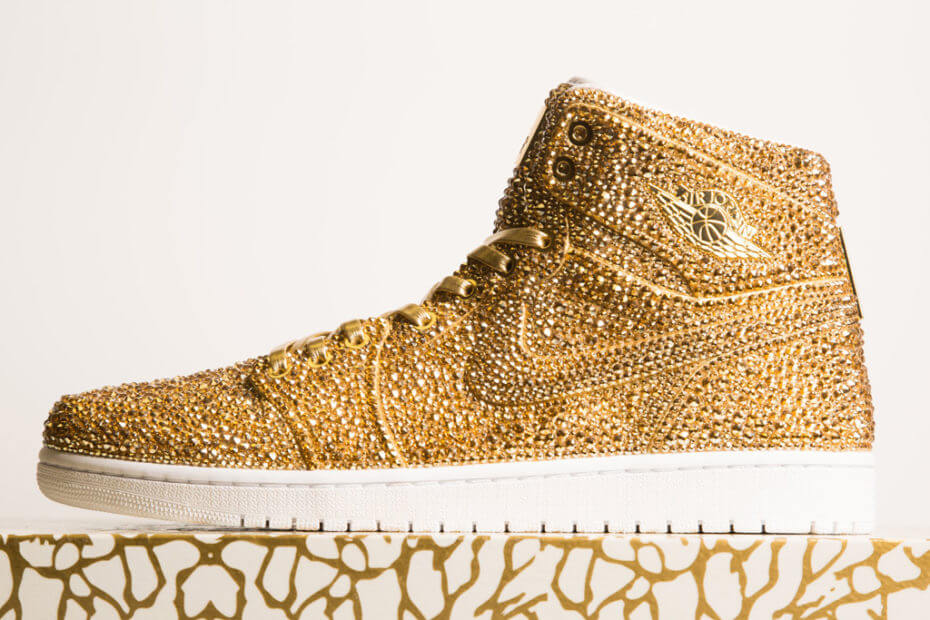

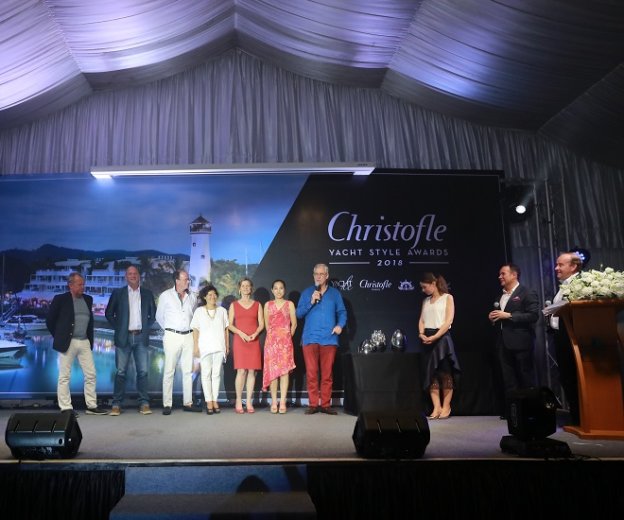
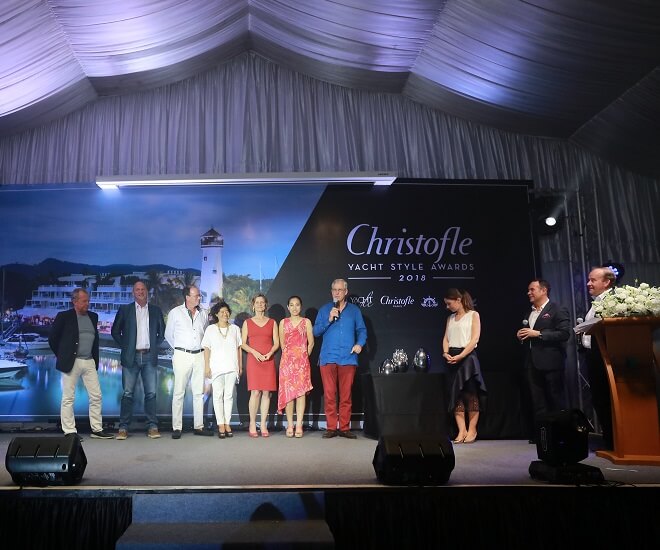
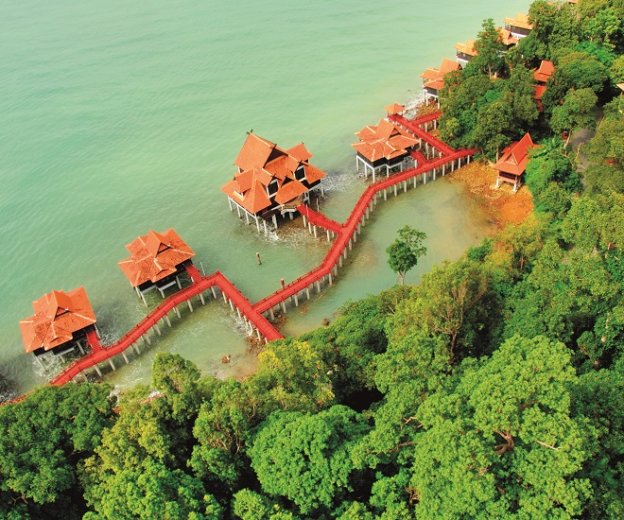
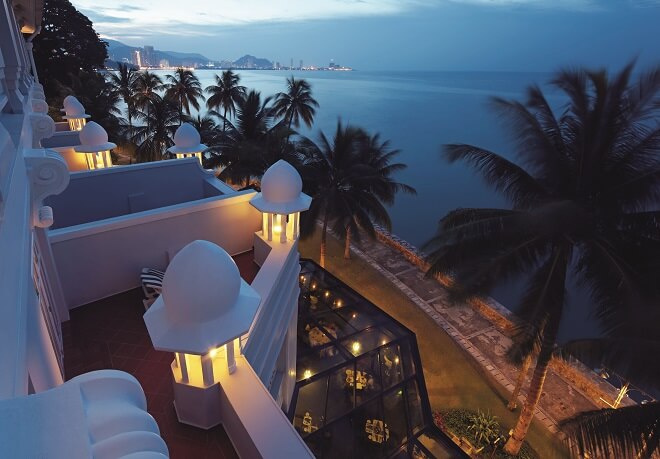
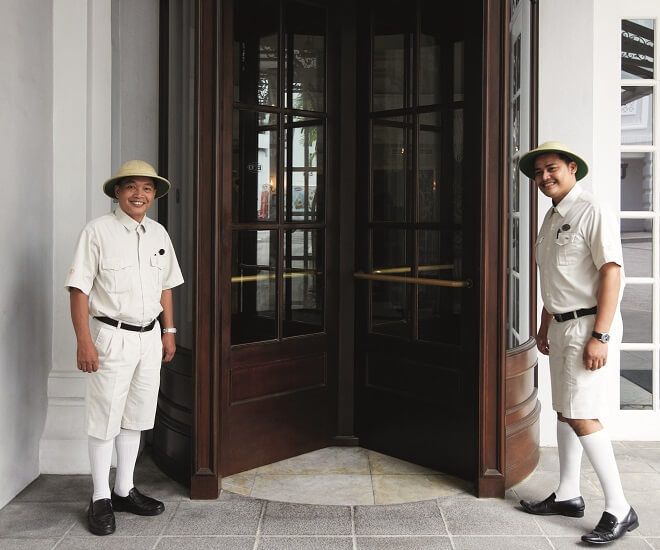
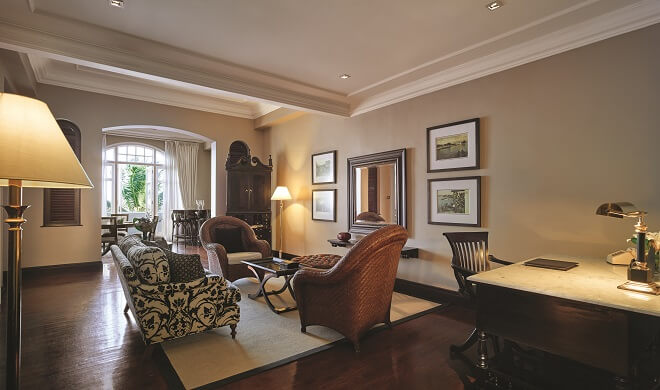
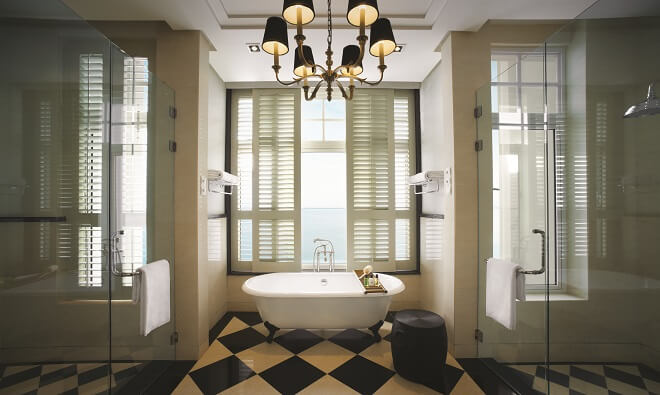
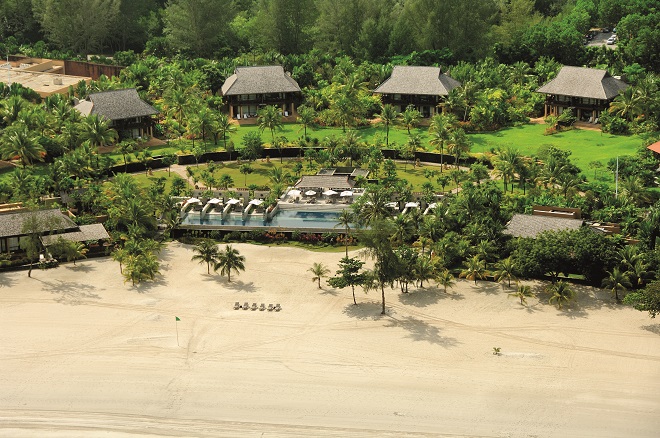
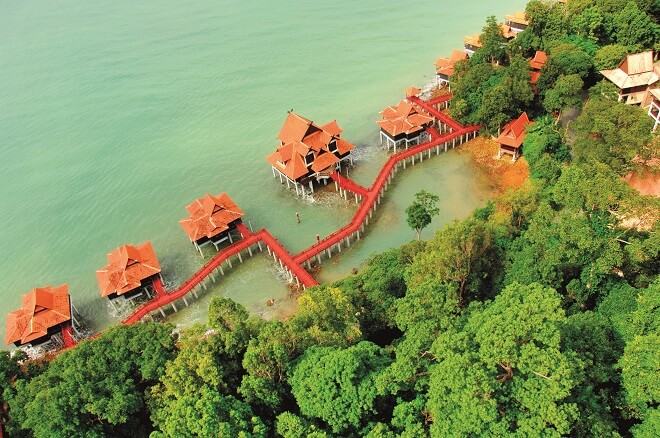
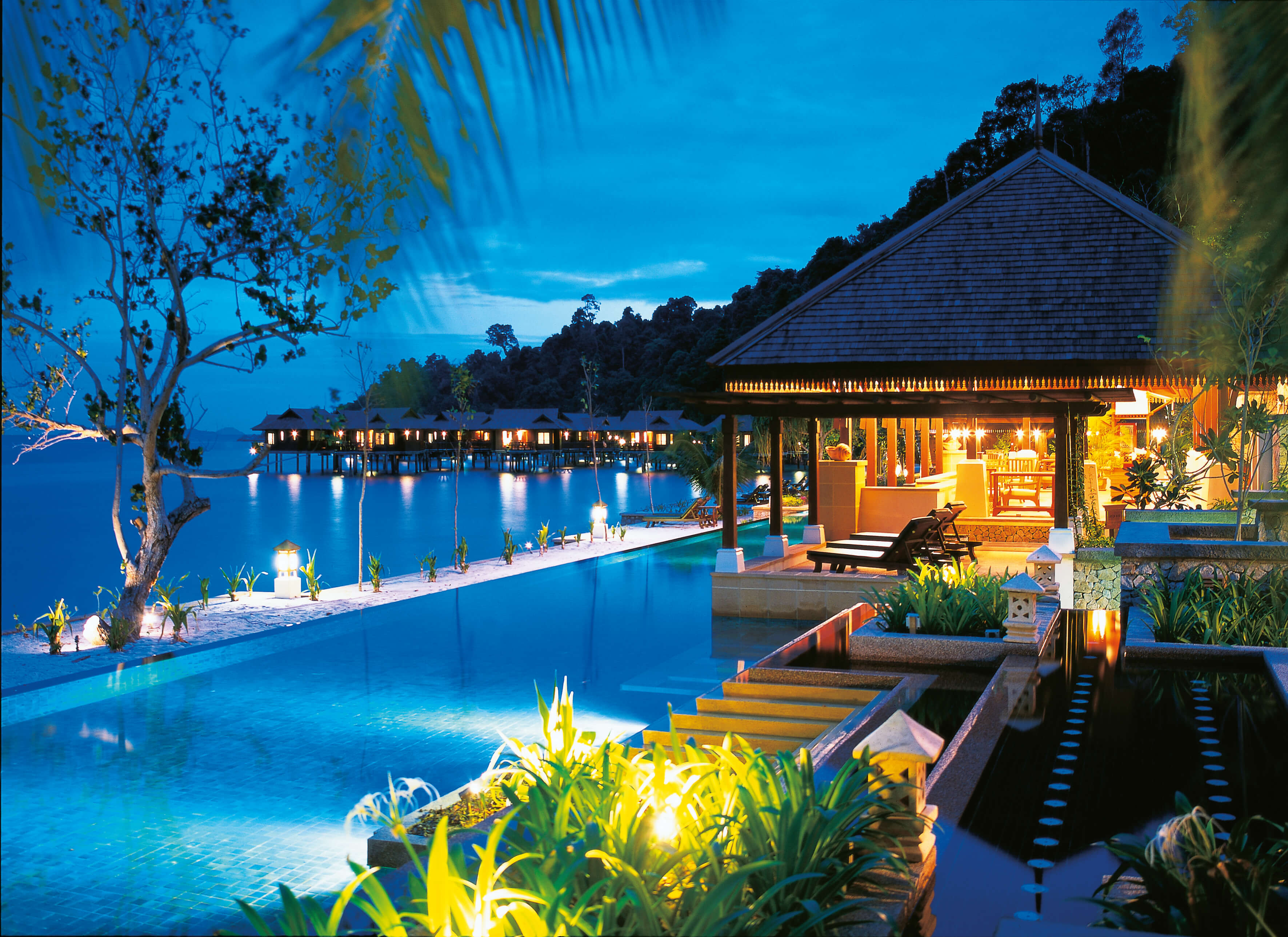
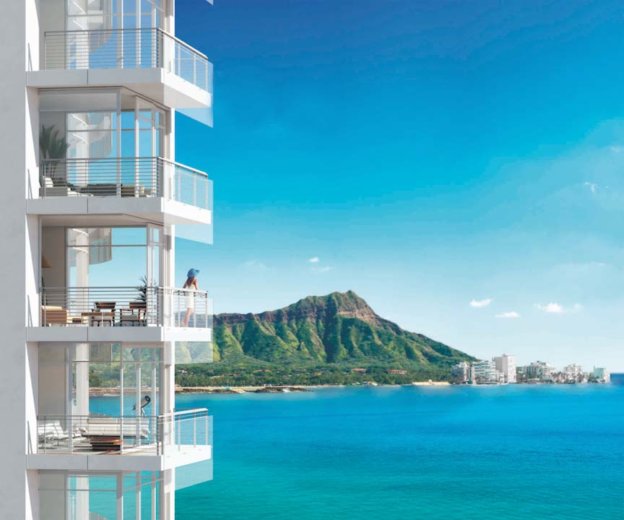
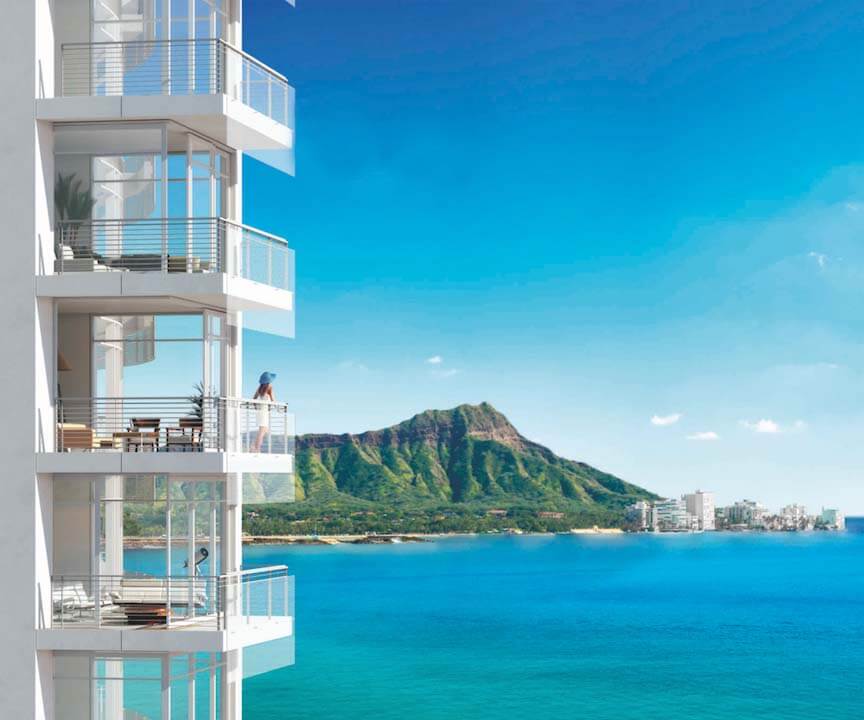
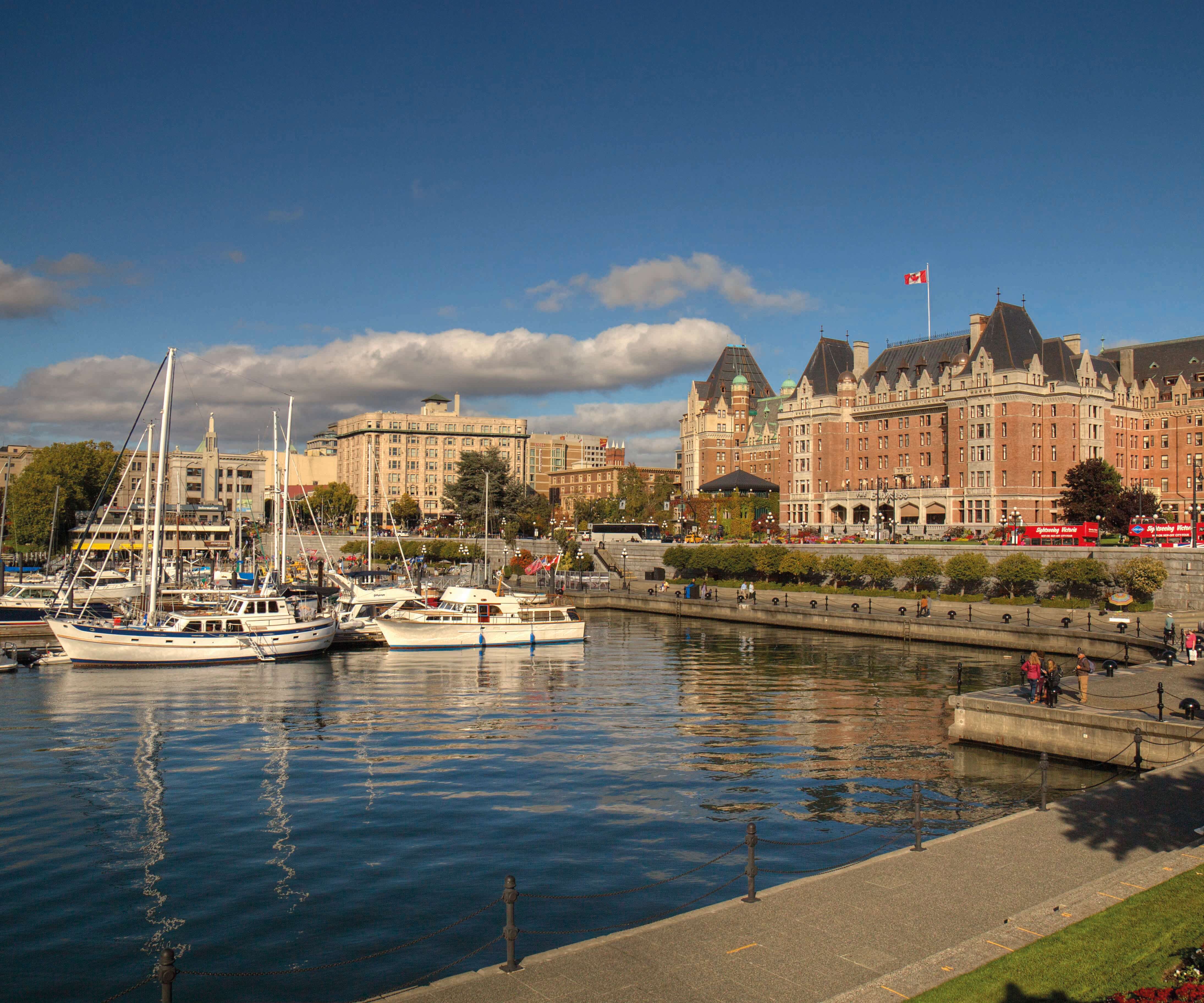
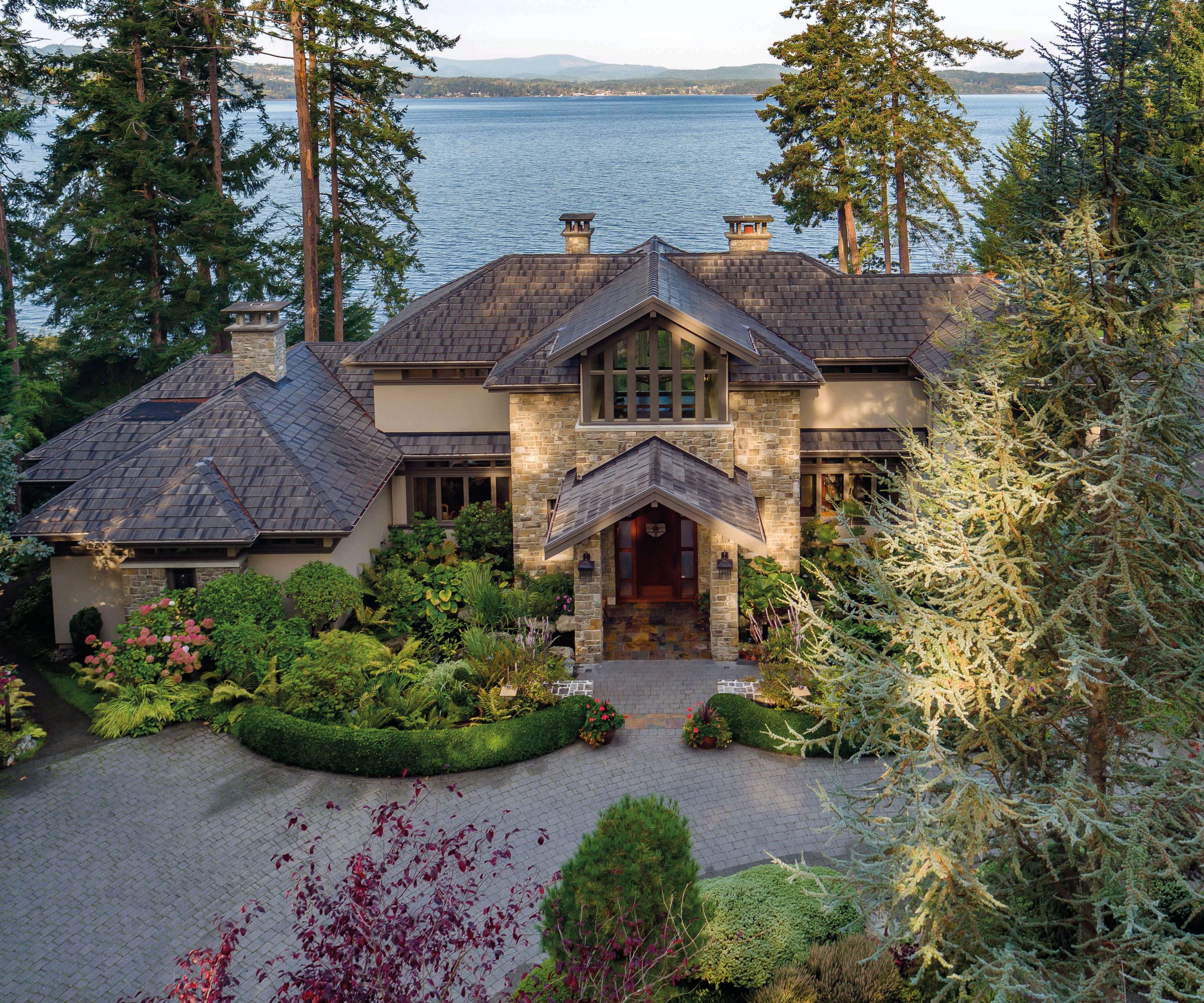 This 6,600+ sqft waterfront home features southwest facing oceanfront views
This 6,600+ sqft waterfront home features southwest facing oceanfront views With nearly 1.5 million square feet of residential development, and up to 70,000 square feet of commercial space, this new waterfront neighbourhood is downtown Victoria’s newest urban offering. A two-bedroom unit on the seventh floor of Bayview One features oak flooring, German cabinetry and outdoor terraces. Building amenities include a lounge, fitness centre, steam rooms and sauna, bike storage and concierge services.
With nearly 1.5 million square feet of residential development, and up to 70,000 square feet of commercial space, this new waterfront neighbourhood is downtown Victoria’s newest urban offering. A two-bedroom unit on the seventh floor of Bayview One features oak flooring, German cabinetry and outdoor terraces. Building amenities include a lounge, fitness centre, steam rooms and sauna, bike storage and concierge services.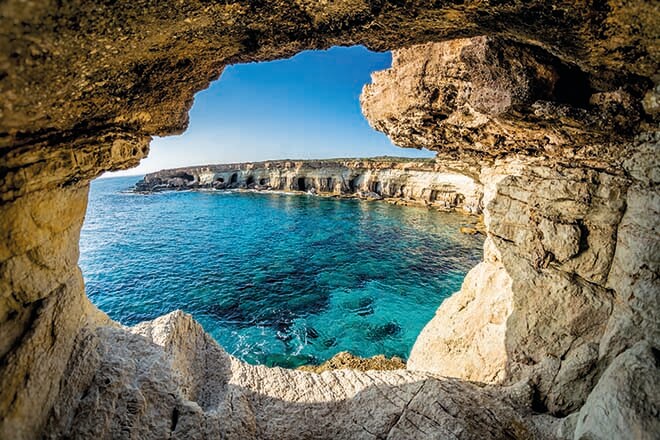
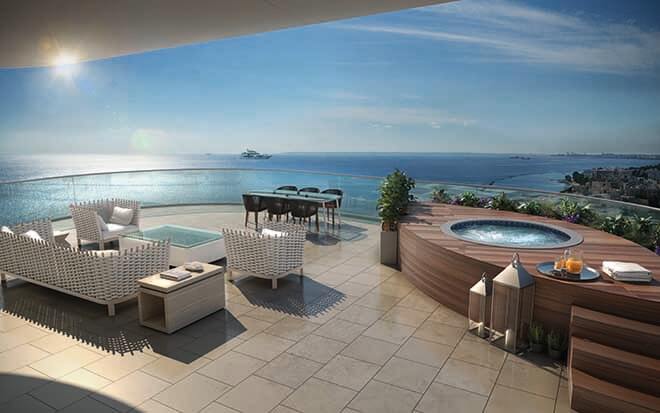 This luxury waterfront project includes apartments from 2-bedrooms of around 220 sqm (approx. 2,368 sqft) to 4-bedroom units of around 391 sqm (approx. 4,208 sqft). All residences have terraces and sea views. Amenities include a shopping mall, restaurant and bars, a spa, gym, concierge services, clubhouse, outdoor and indoor pool.
This luxury waterfront project includes apartments from 2-bedrooms of around 220 sqm (approx. 2,368 sqft) to 4-bedroom units of around 391 sqm (approx. 4,208 sqft). All residences have terraces and sea views. Amenities include a shopping mall, restaurant and bars, a spa, gym, concierge services, clubhouse, outdoor and indoor pool.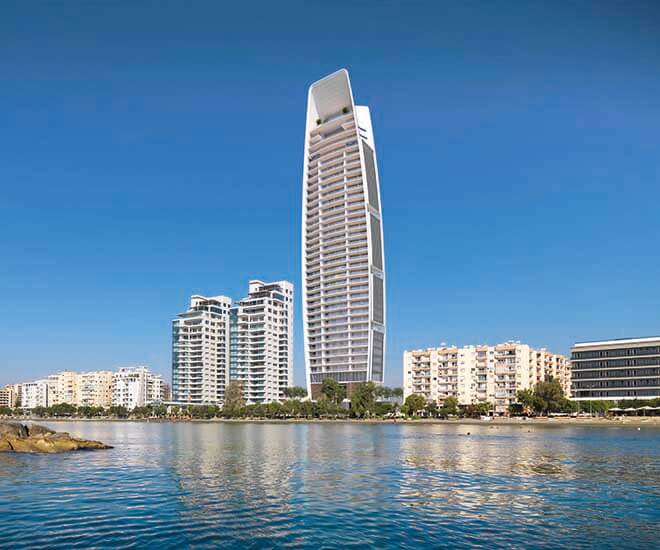 This 37-story waterfront tower will feature 84 residences with floor to ceiling glazing and private balconies. Includes 2-bedroom and 3-bedroom units, 3-bedroom and 4-bedroom duplexes and a 3-storey penthouse. Amenities include a spa, pool, sundeck, fitness centre and round the clock concierge.
This 37-story waterfront tower will feature 84 residences with floor to ceiling glazing and private balconies. Includes 2-bedroom and 3-bedroom units, 3-bedroom and 4-bedroom duplexes and a 3-storey penthouse. Amenities include a spa, pool, sundeck, fitness centre and round the clock concierge.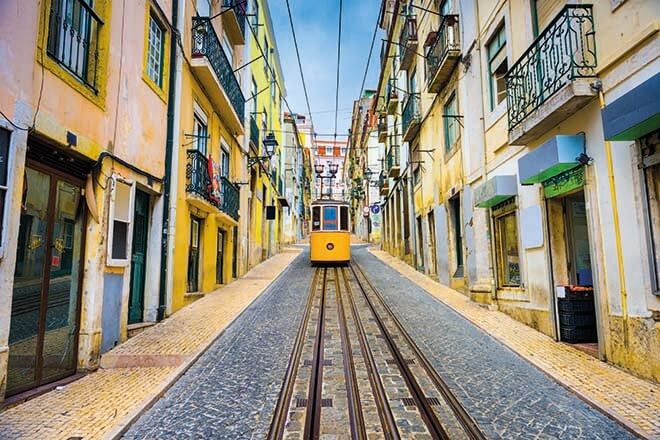
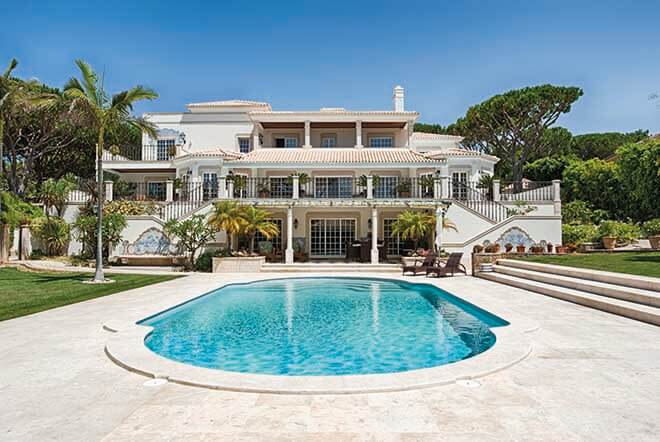 This 6-bedroom, 8-bathroom villa located near Cascais features south-facing views over the Atlantic Ocean. The spacious master suite has its own private terrace overlooking the gardens, swimming pool and sea beyond. Includes an office, gym, sauna, wine cellar and 6-car garage. Nearby amenities include golf courses, hotels, equestrian centre, tennis club, health club, marina and beaches.
This 6-bedroom, 8-bathroom villa located near Cascais features south-facing views over the Atlantic Ocean. The spacious master suite has its own private terrace overlooking the gardens, swimming pool and sea beyond. Includes an office, gym, sauna, wine cellar and 6-car garage. Nearby amenities include golf courses, hotels, equestrian centre, tennis club, health club, marina and beaches. Located in the centre of Estoril, this 5-bedrom, 6-bathroom villa features a living room, terrace and outdoor dining room that overlook the Atlantic Ocean. The 933 sqm (approx. 10,000 sqft) property is surrounded by gardens and offers easy access to the beach promenade, the nearby amenities of Cascais and a number
Located in the centre of Estoril, this 5-bedrom, 6-bathroom villa features a living room, terrace and outdoor dining room that overlook the Atlantic Ocean. The 933 sqm (approx. 10,000 sqft) property is surrounded by gardens and offers easy access to the beach promenade, the nearby amenities of Cascais and a number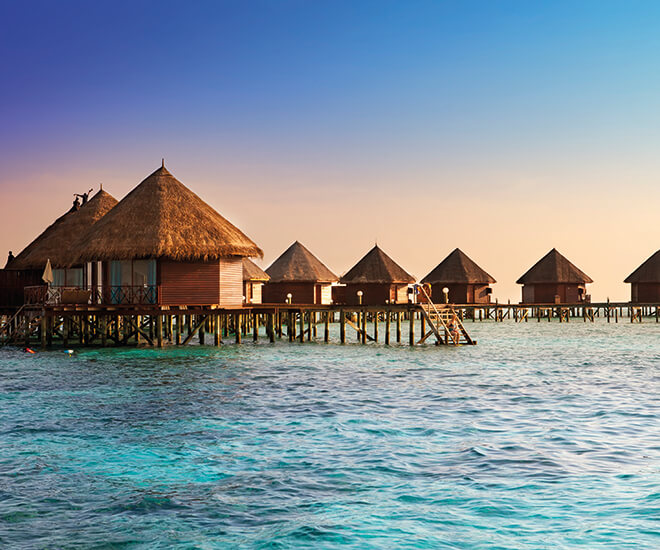
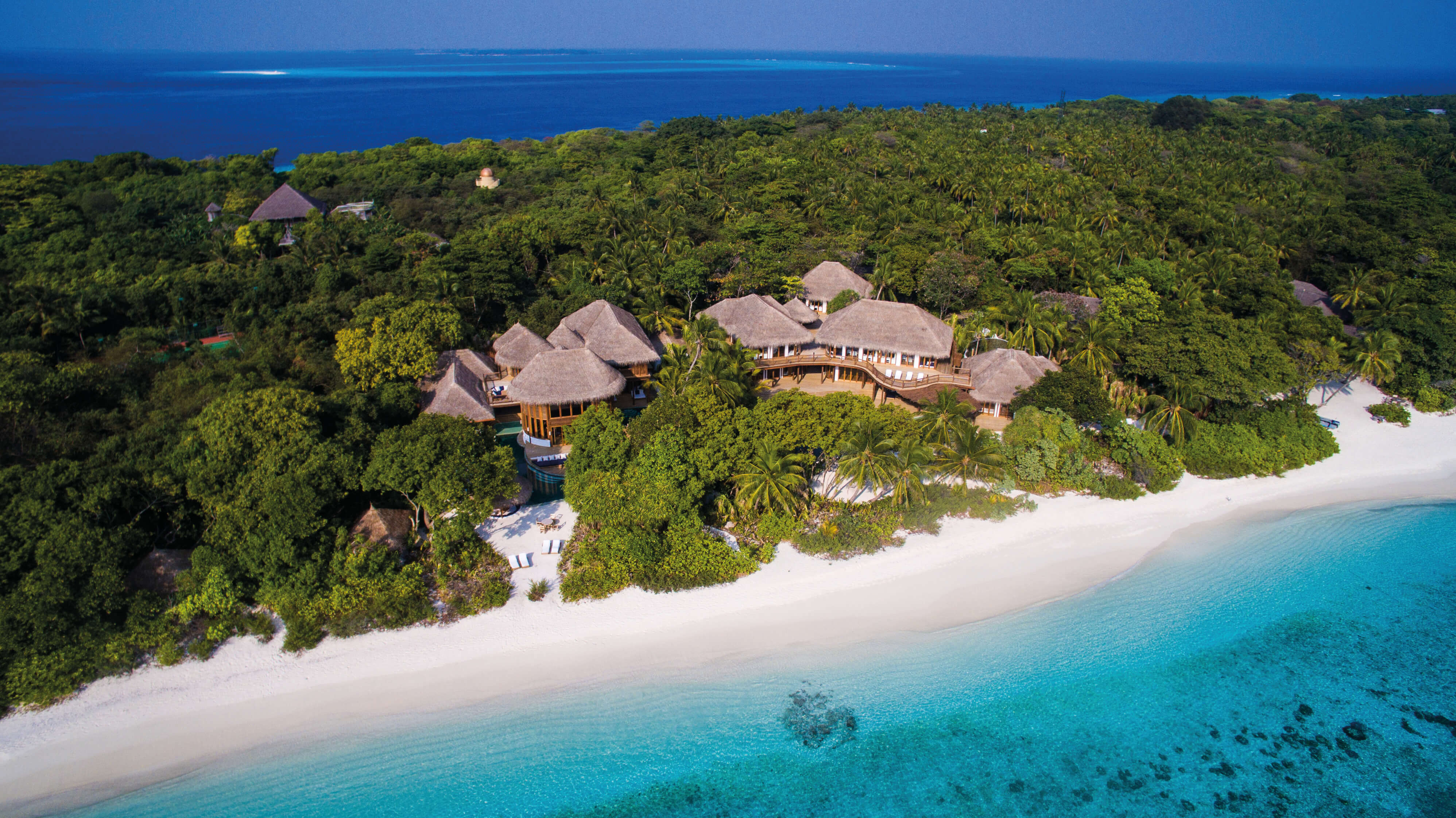 This sprawling 9-bedroom villa spans 28,288 sqft and includes direct beach access, a curved, lagoon-style pool, spa, steam room and gym. A sunken dining area is designed for entertaining, while the large master bedroom with en-suite open-air garden bathroom is located close to the beach for complete privacy. Owners enjoy a range of resort amenities.
This sprawling 9-bedroom villa spans 28,288 sqft and includes direct beach access, a curved, lagoon-style pool, spa, steam room and gym. A sunken dining area is designed for entertaining, while the large master bedroom with en-suite open-air garden bathroom is located close to the beach for complete privacy. Owners enjoy a range of resort amenities. The newly opened Soneva Jani offers a range of 1-4 bedroom over-water villas, each with direct beach access and sea views. Villas range from 33,315 sqft and 15,327 sqft and come with butler service and full access to the resort’s amenities.
The newly opened Soneva Jani offers a range of 1-4 bedroom over-water villas, each with direct beach access and sea views. Villas range from 33,315 sqft and 15,327 sqft and come with butler service and full access to the resort’s amenities.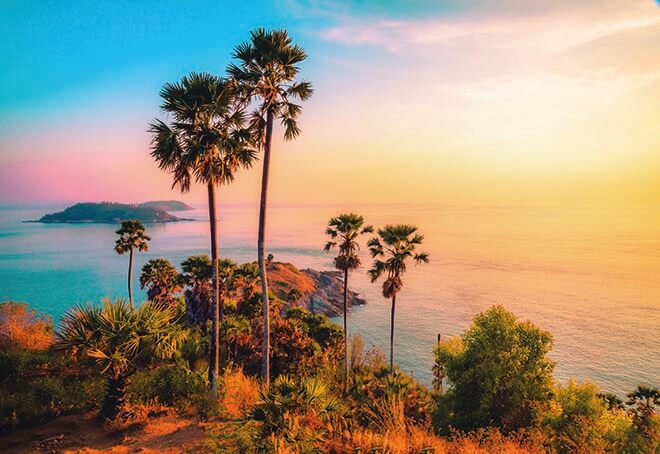
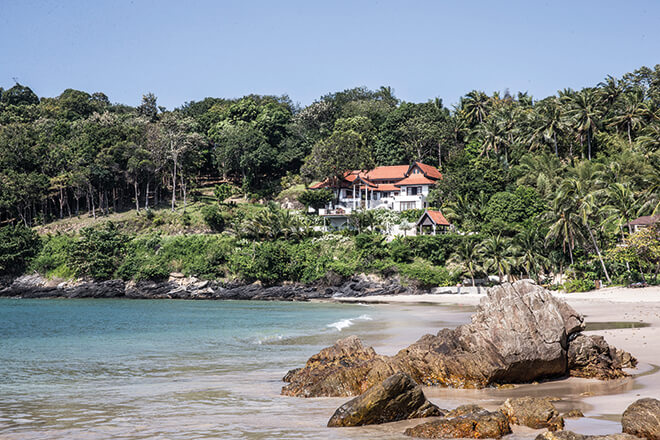 An exclusive land investment opportunity, this is a stunning private Peninsula off the Andaman Coast of Southern Thailand on the island of Koh Lanta. Accessible from Krabi International Airport, the property is surrounded by National Park land and located a short 5 minute drive from Koh Lanta’s leading 5-star property, Pimalai Resort & Spa. The site has direct access to Ao Noi Beach, which was voted the Island’s #1 beach by Lonely Planet. The land measures approximately 15 Rai (24,000 sqm or 6 acres) and is perfectly suited for the development of a 5-star boutique resort or a luxury residential villa project.
An exclusive land investment opportunity, this is a stunning private Peninsula off the Andaman Coast of Southern Thailand on the island of Koh Lanta. Accessible from Krabi International Airport, the property is surrounded by National Park land and located a short 5 minute drive from Koh Lanta’s leading 5-star property, Pimalai Resort & Spa. The site has direct access to Ao Noi Beach, which was voted the Island’s #1 beach by Lonely Planet. The land measures approximately 15 Rai (24,000 sqm or 6 acres) and is perfectly suited for the development of a 5-star boutique resort or a luxury residential villa project.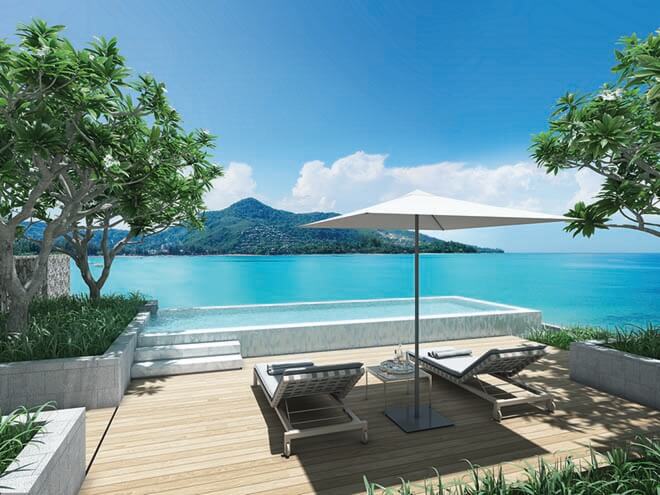 The first phase at MontAzure includes a series of eleven low-rise clusters with
The first phase at MontAzure includes a series of eleven low-rise clusters with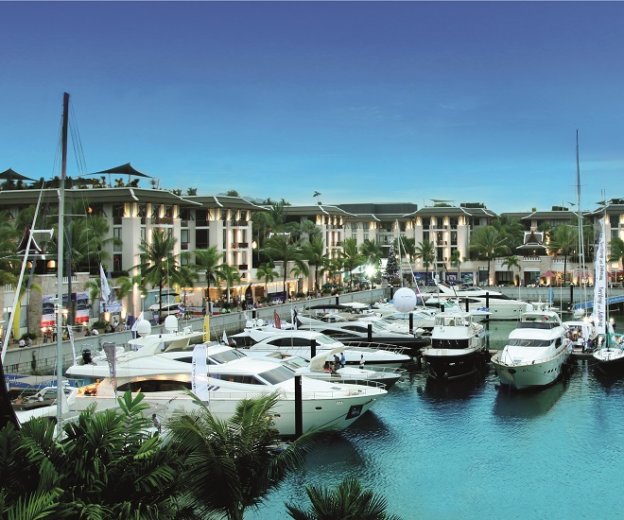
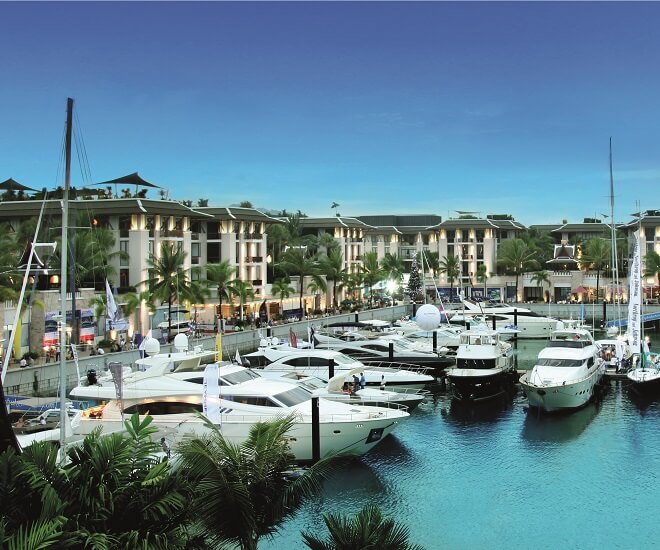 With just days to go before the inaugural PHUKET RENDEZVOUS in 2018, we can’t deny that the excitement is building up. For those still contemplating if they should book their flight to the South-East Asian holiday resort destination, we have 9 good reasons why you should join us at the Royal Phuket Marina from January 4 to 7 2018.
With just days to go before the inaugural PHUKET RENDEZVOUS in 2018, we can’t deny that the excitement is building up. For those still contemplating if they should book their flight to the South-East Asian holiday resort destination, we have 9 good reasons why you should join us at the Royal Phuket Marina from January 4 to 7 2018.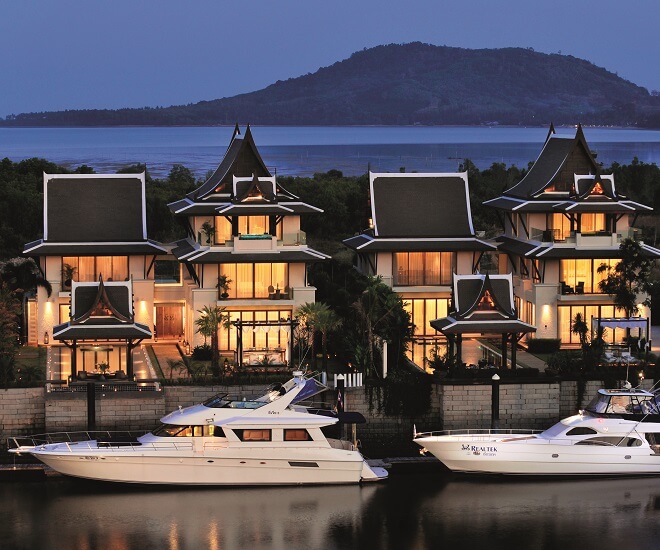
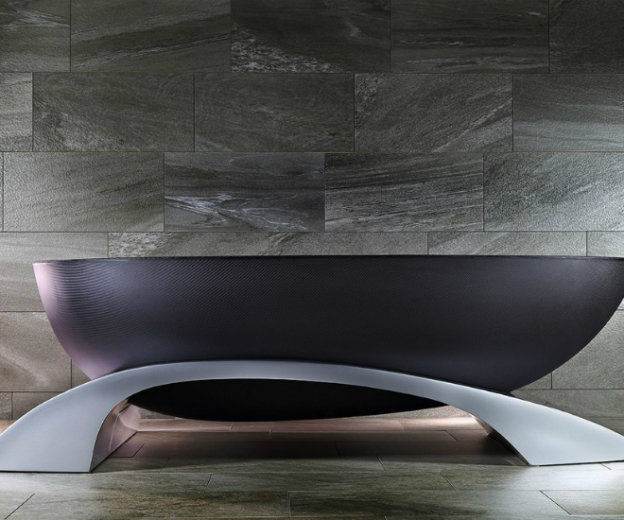
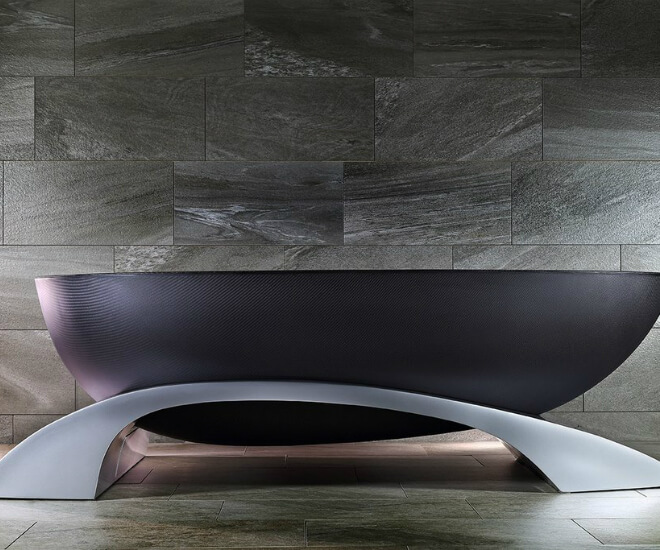
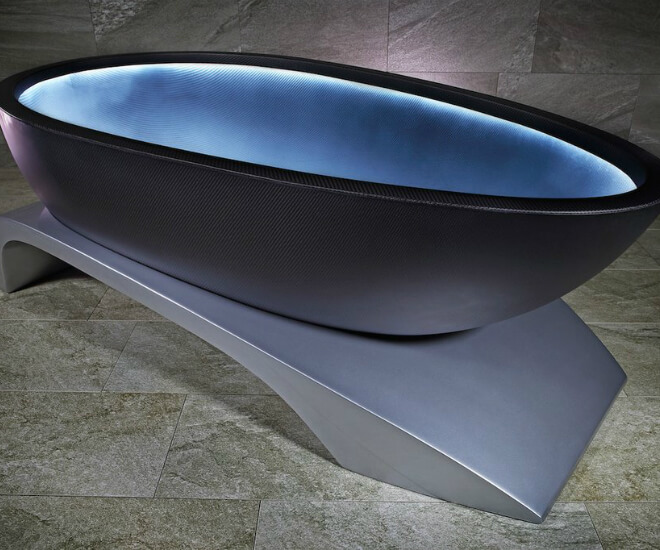
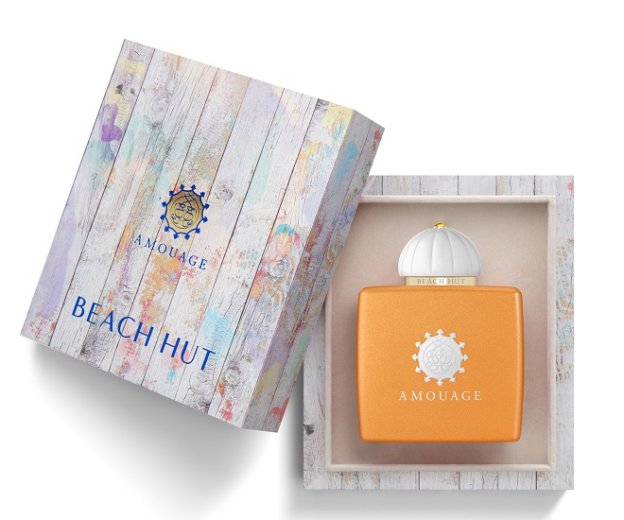
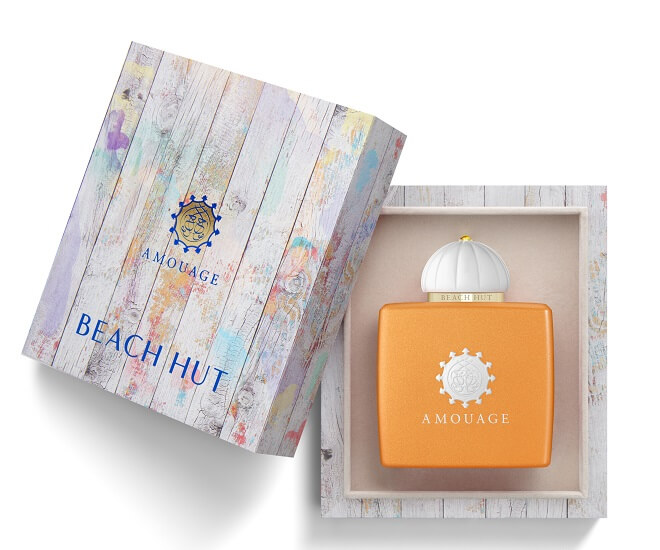
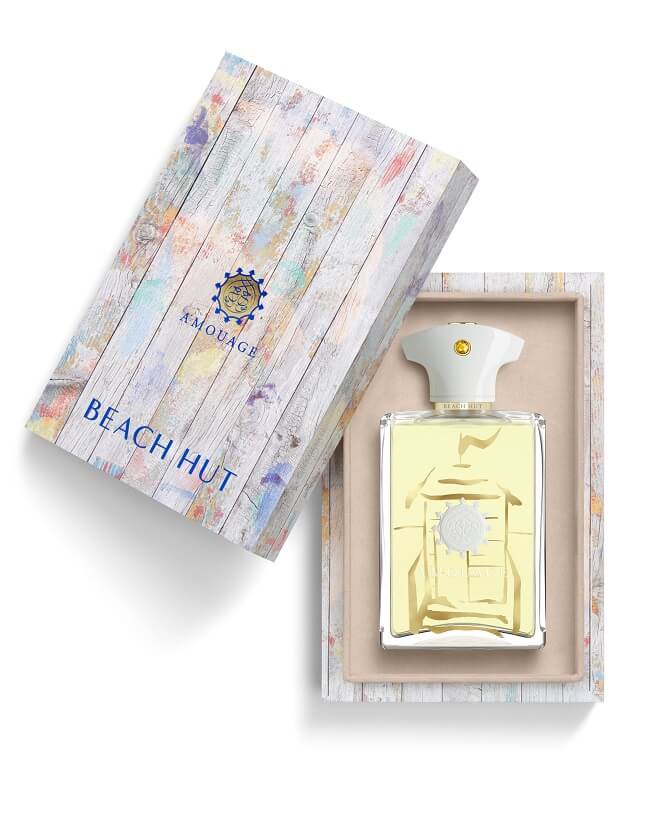






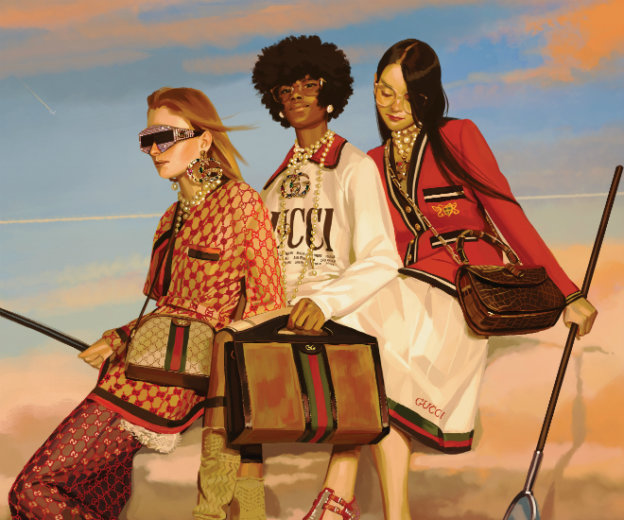
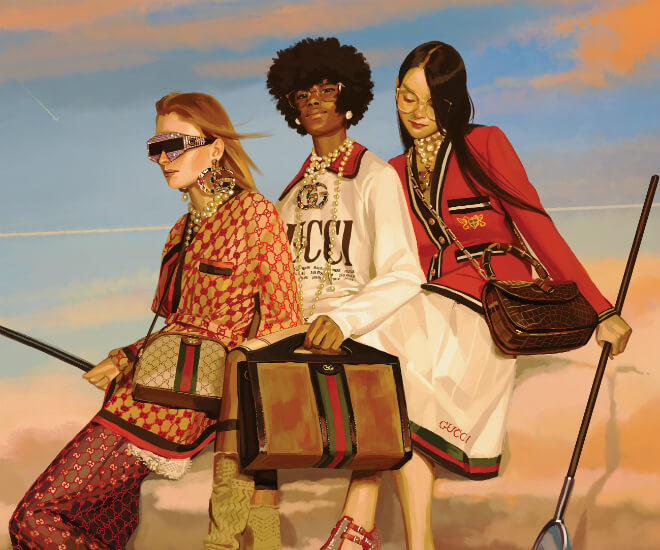

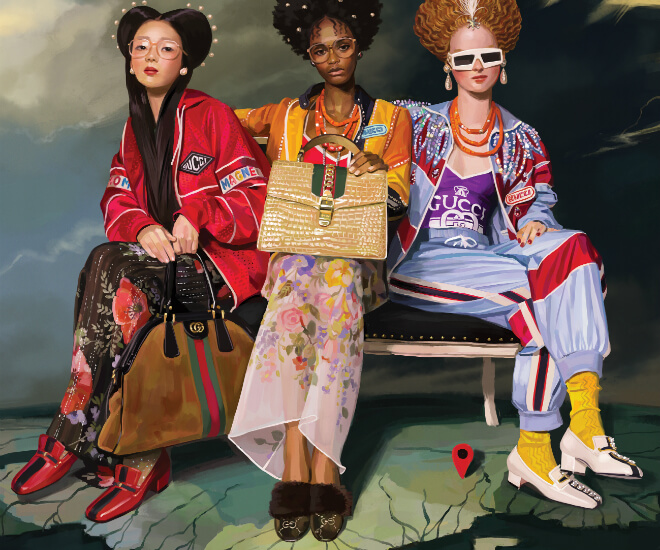
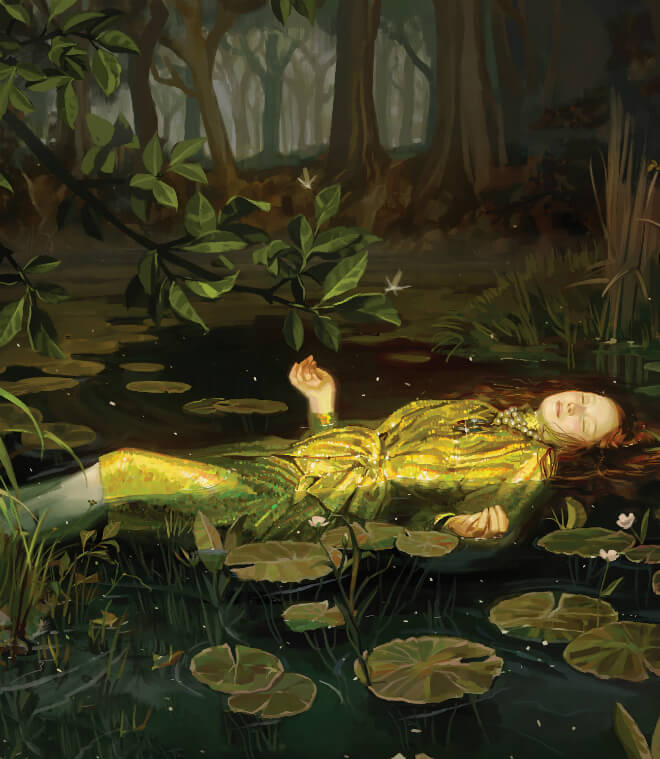
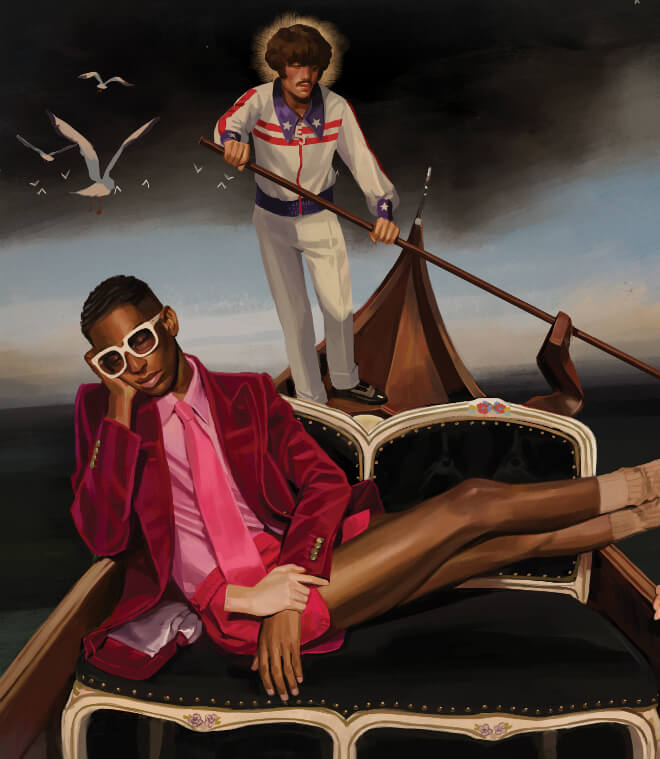
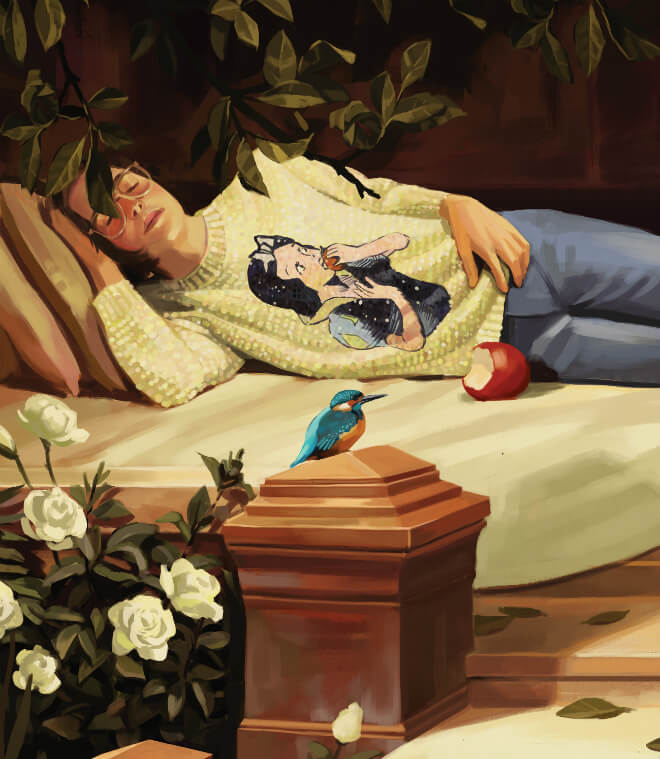
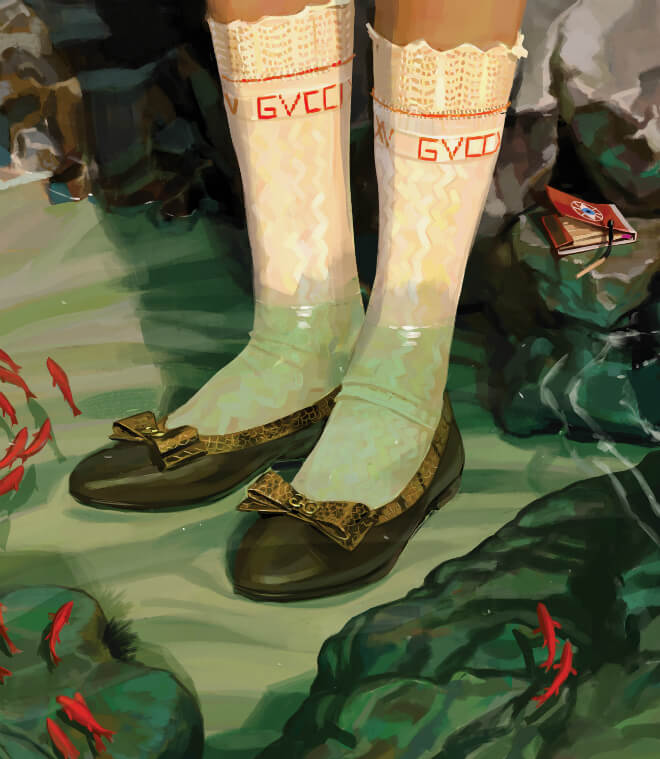
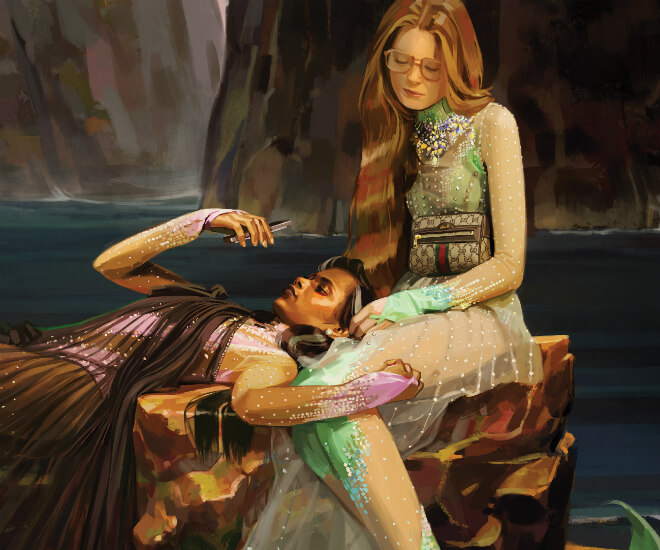
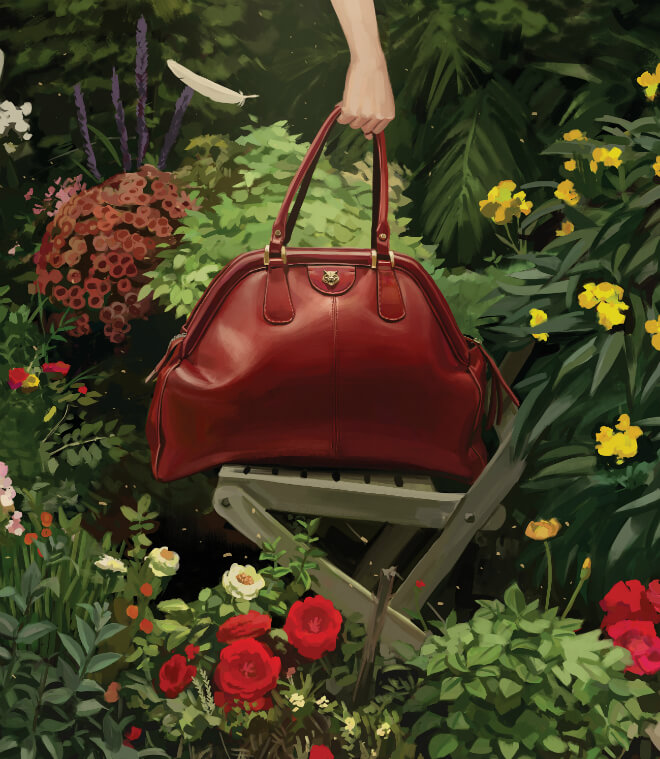
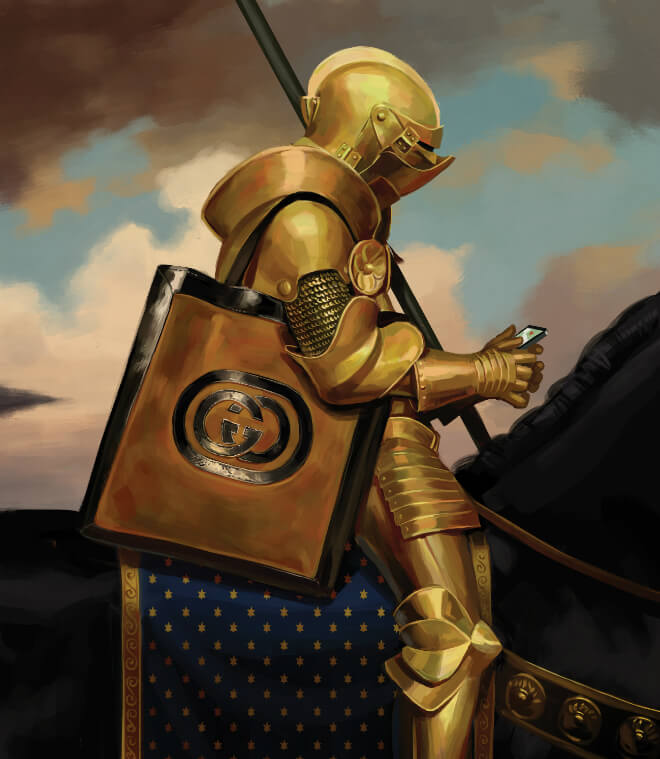
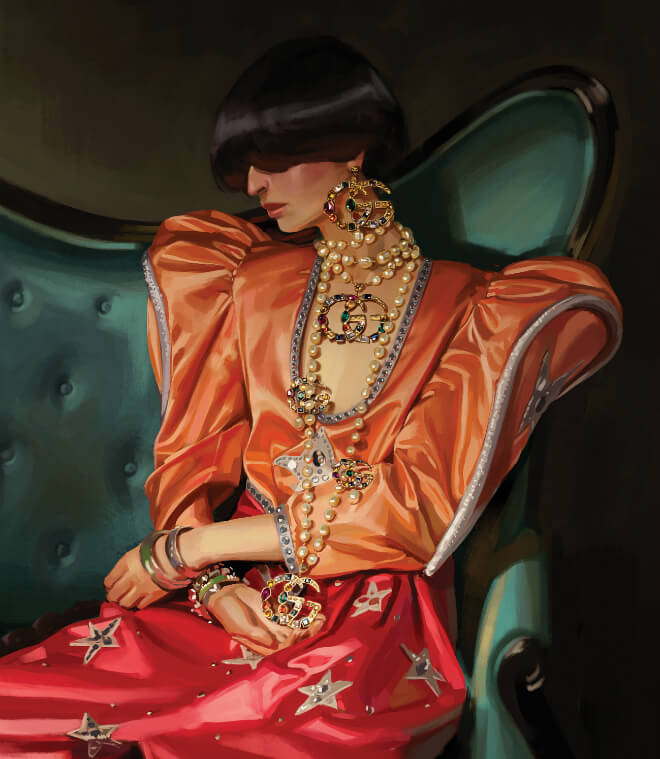
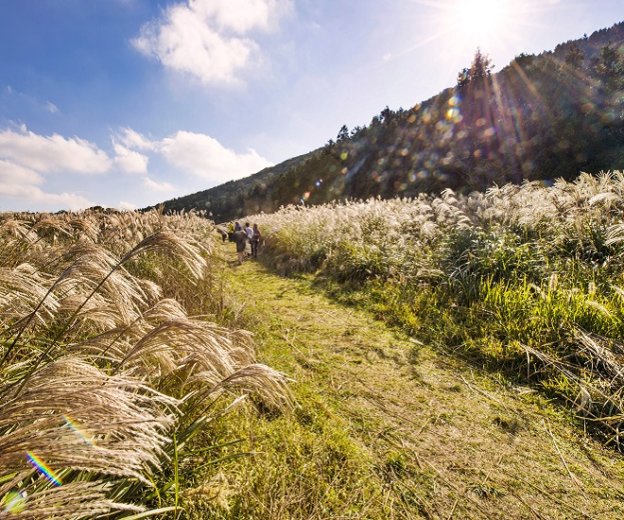
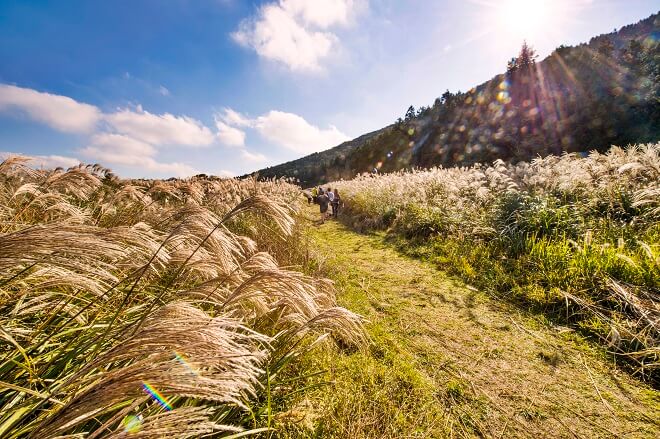
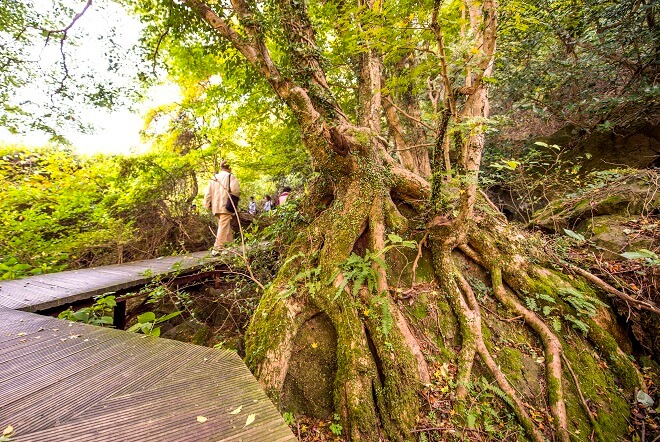
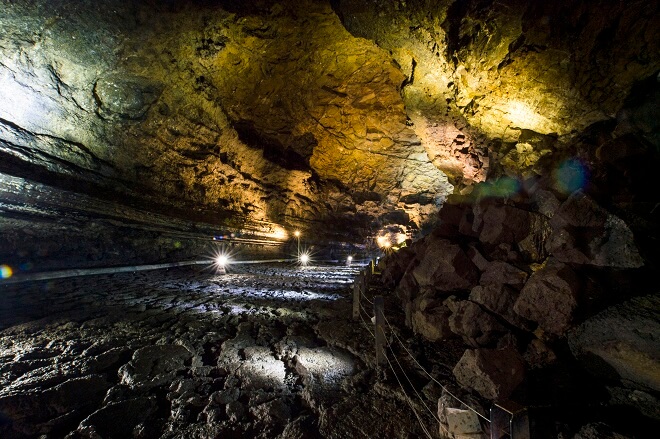
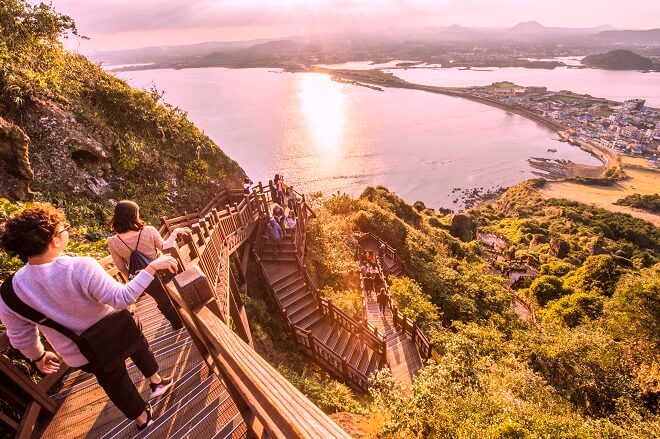
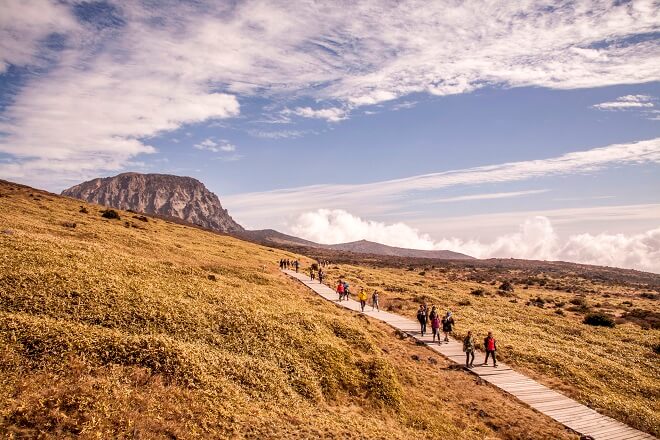
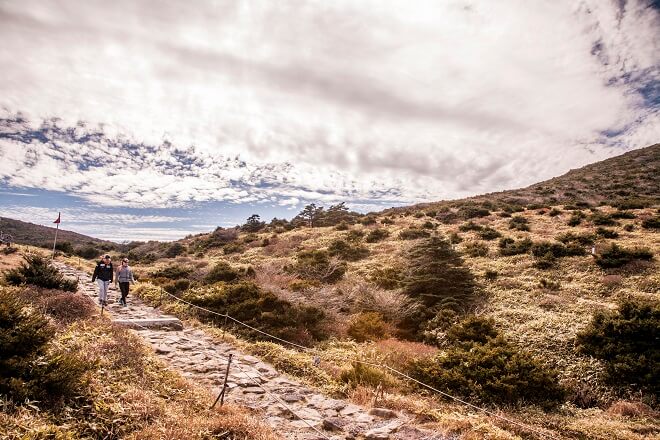
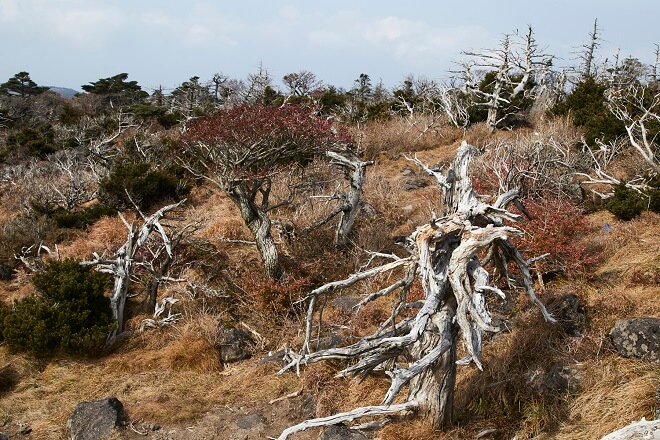
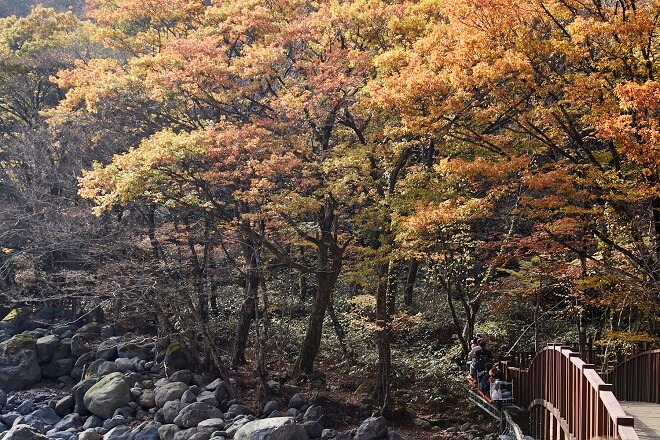
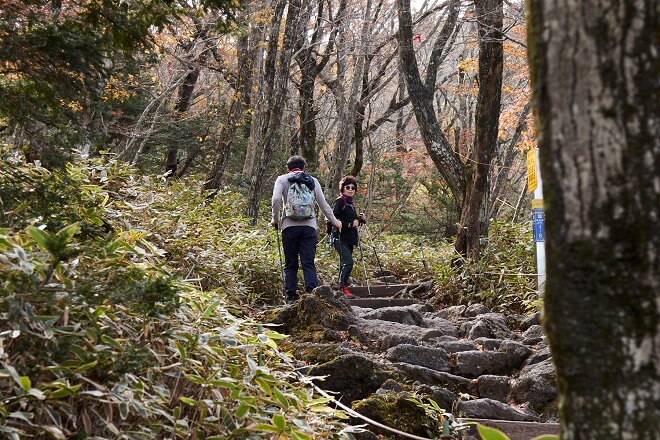


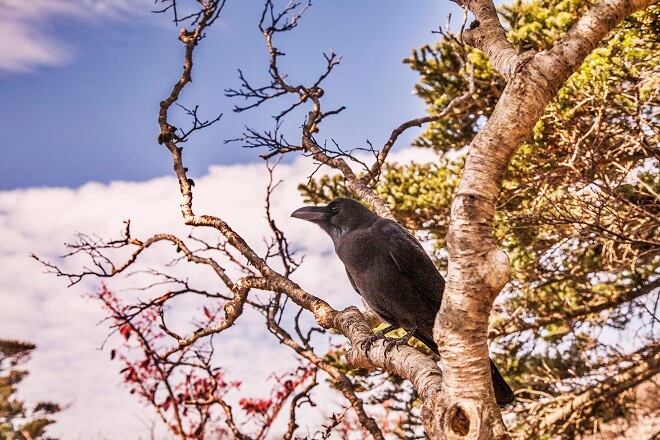

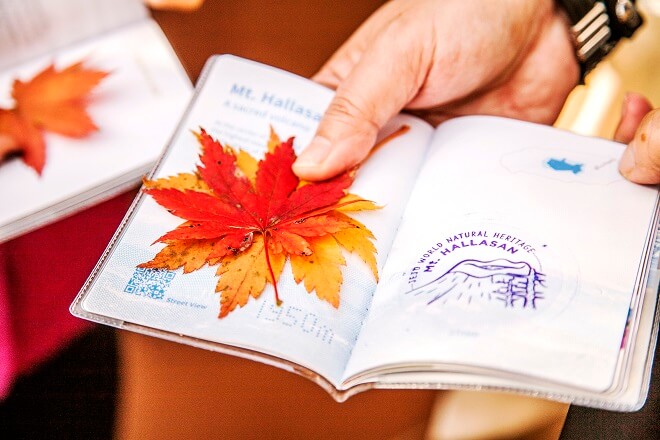
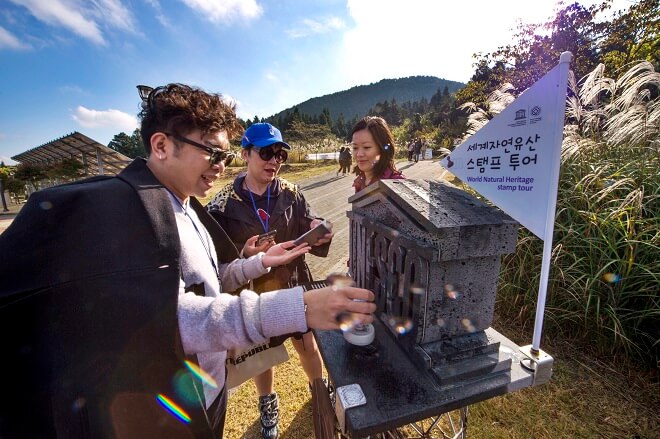

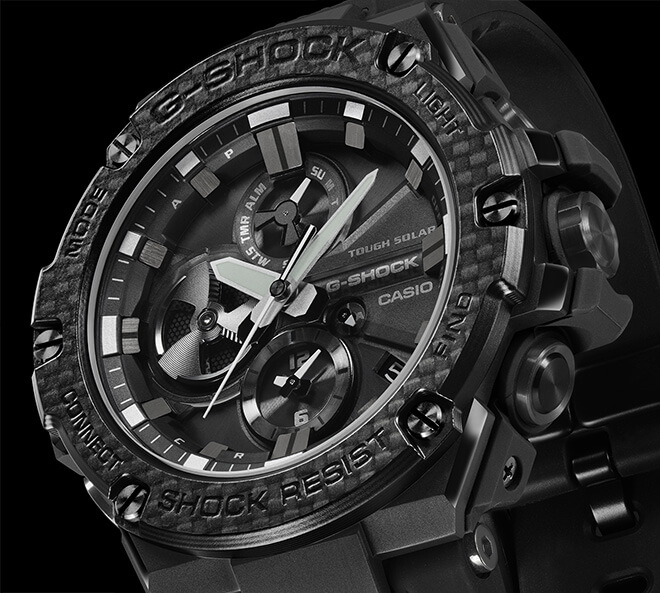
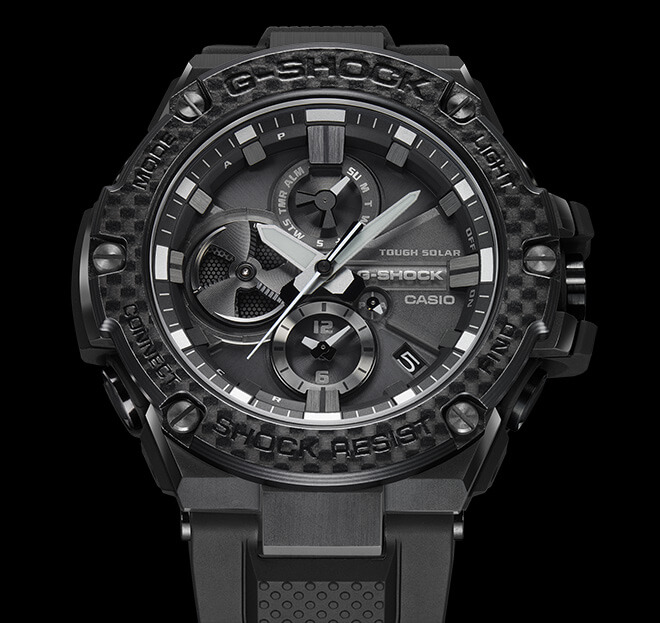
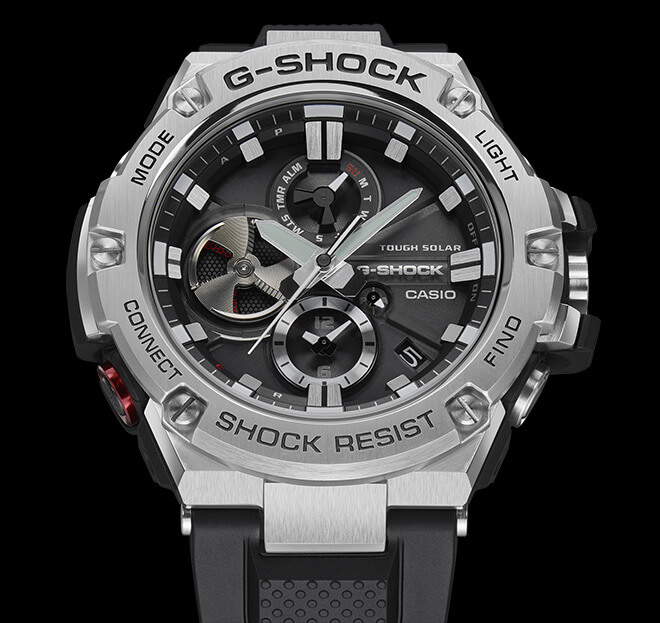

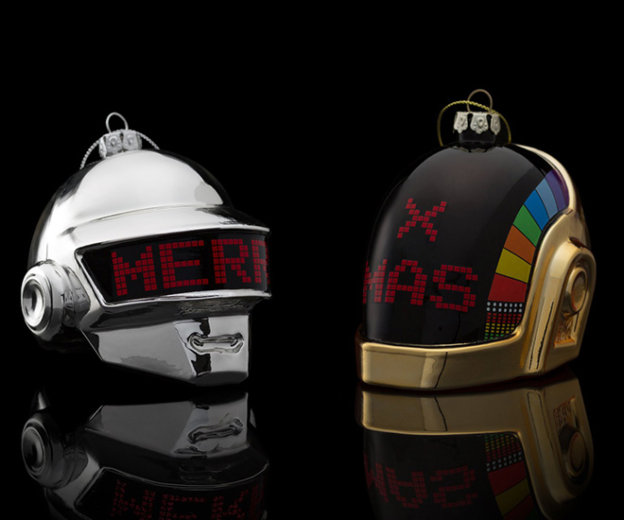
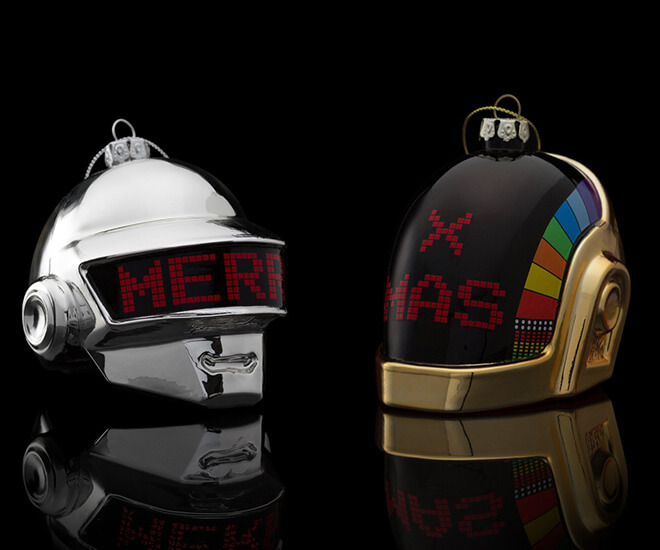
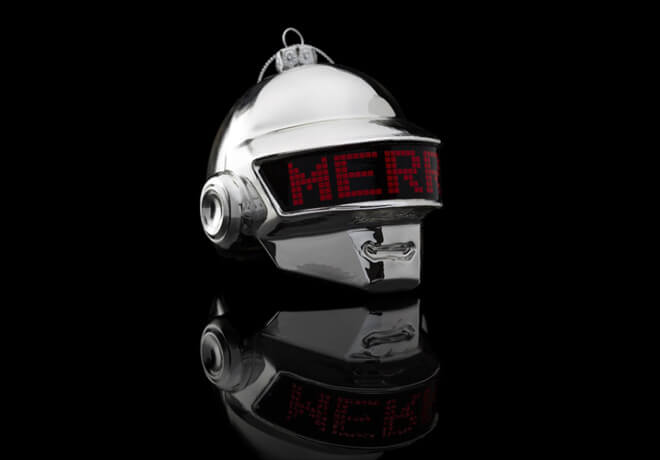





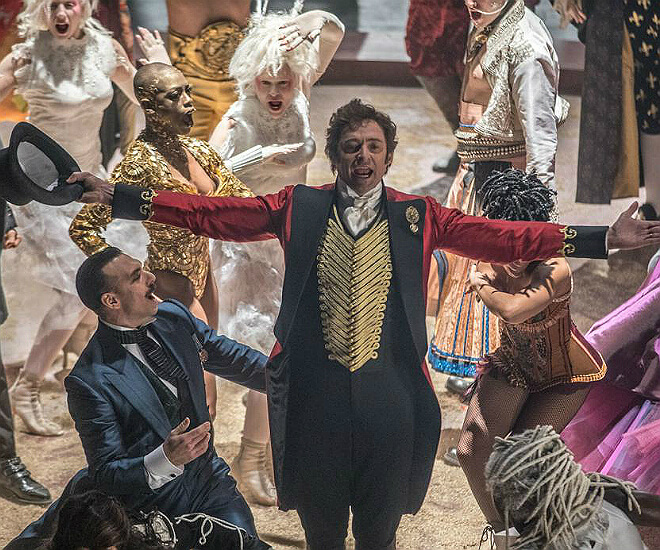
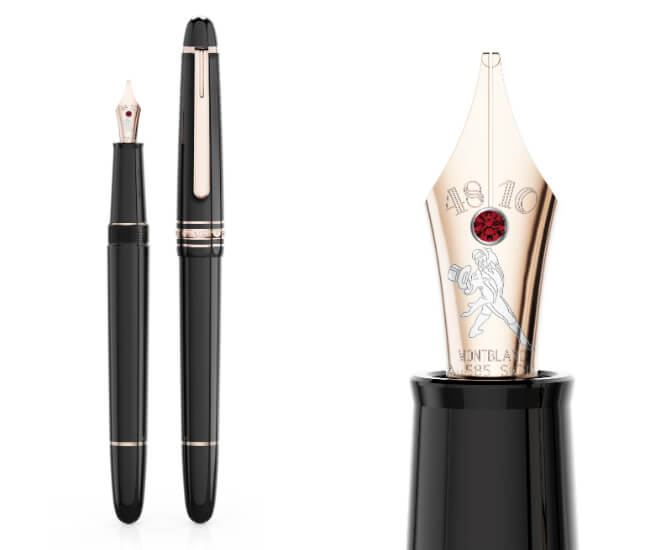
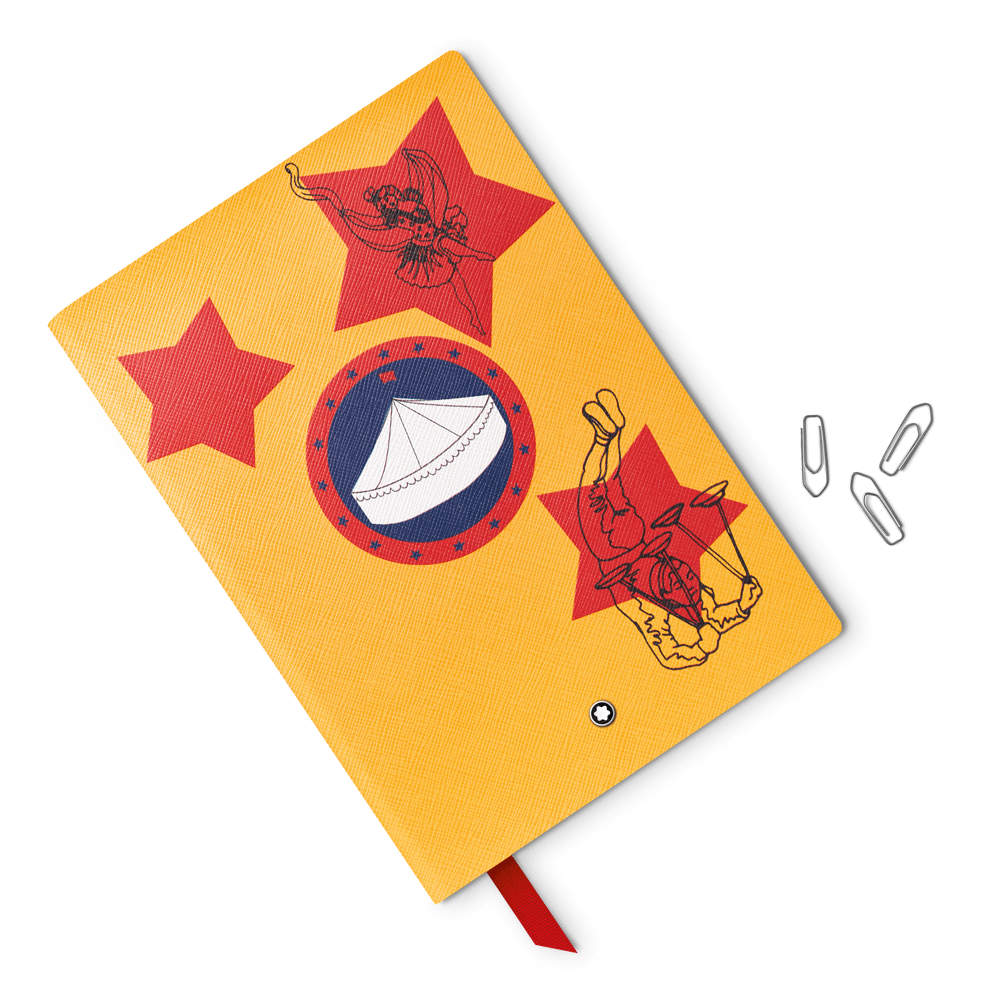

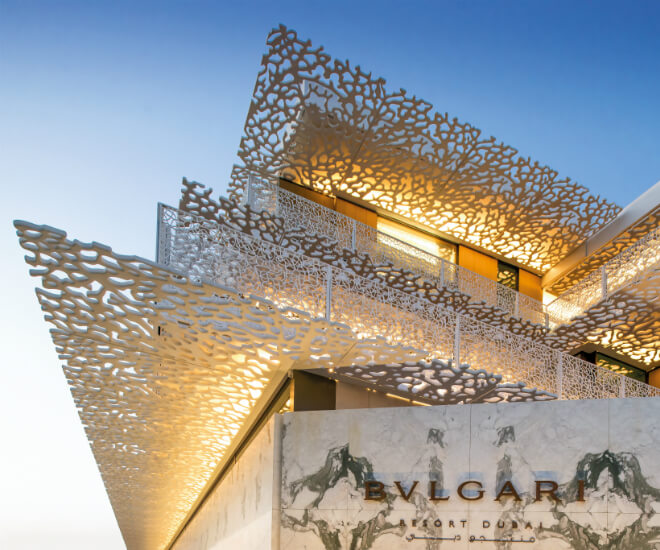
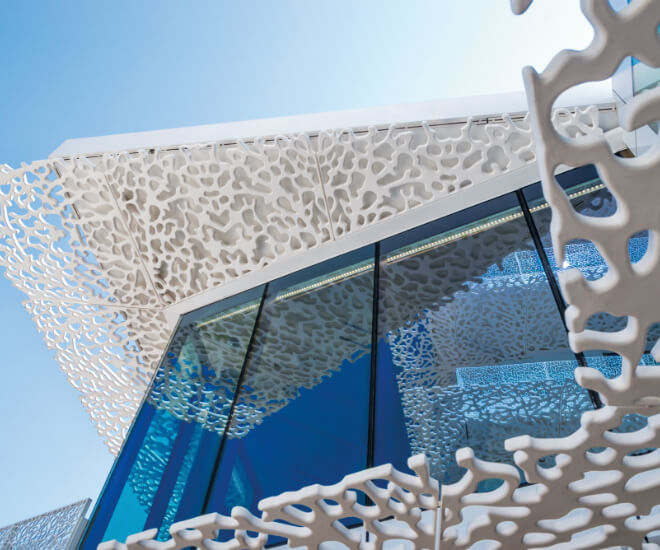
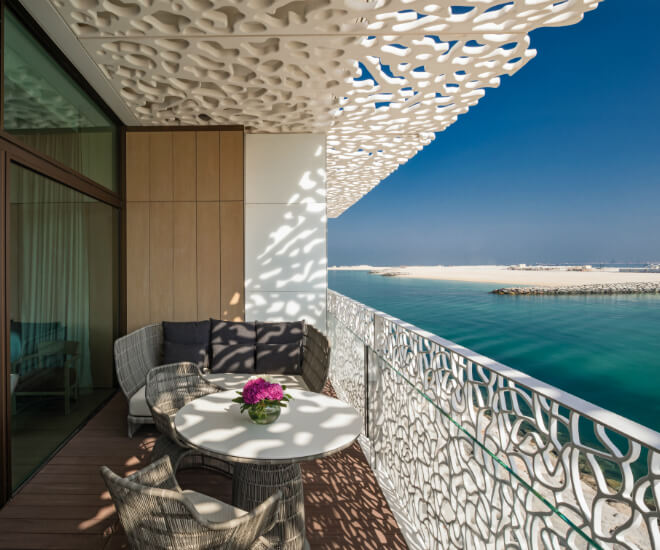



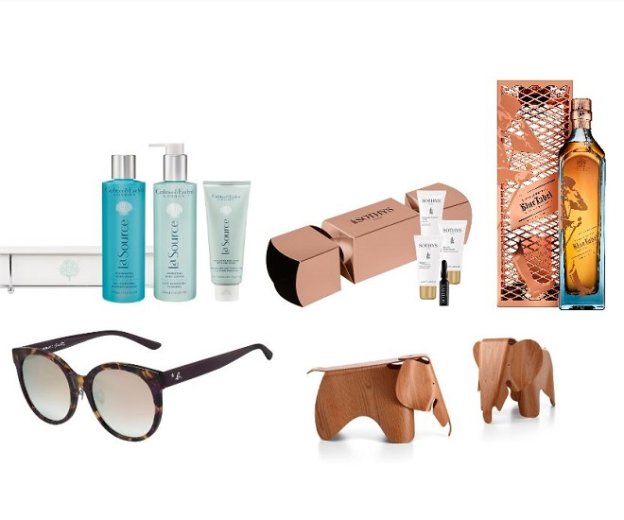


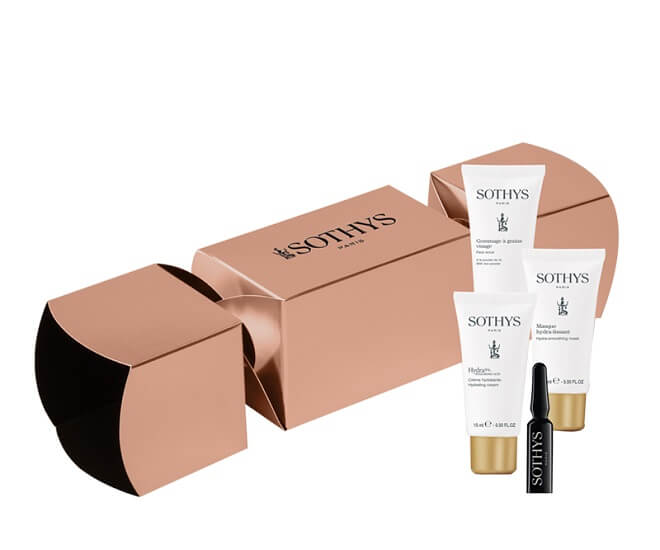
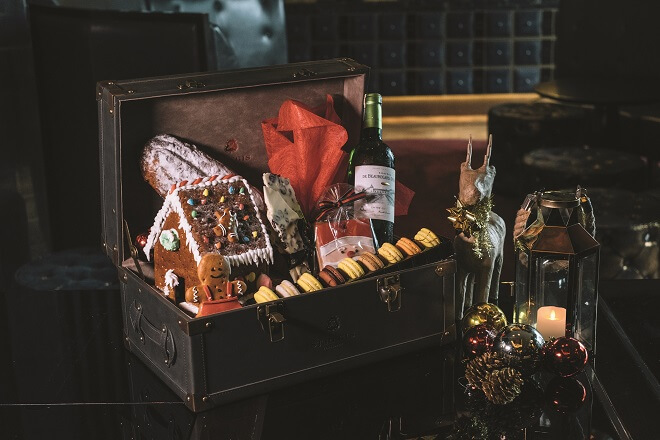
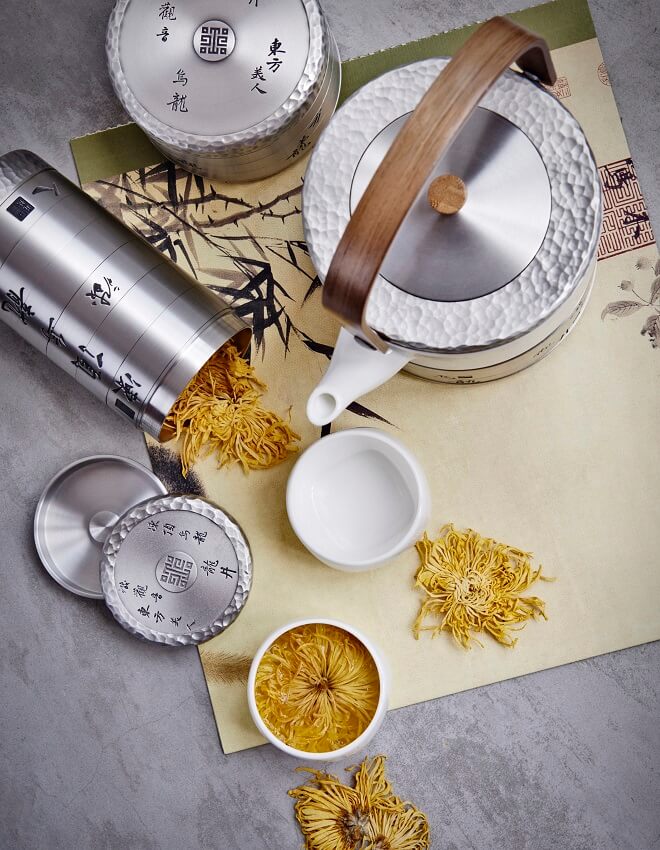

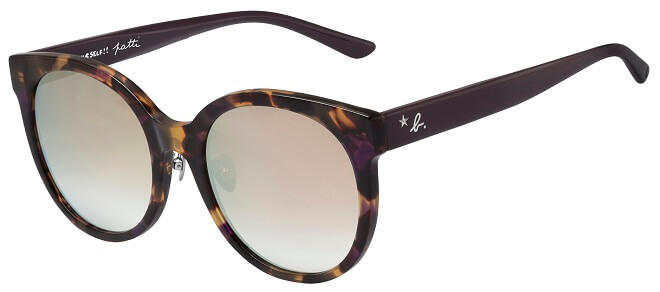
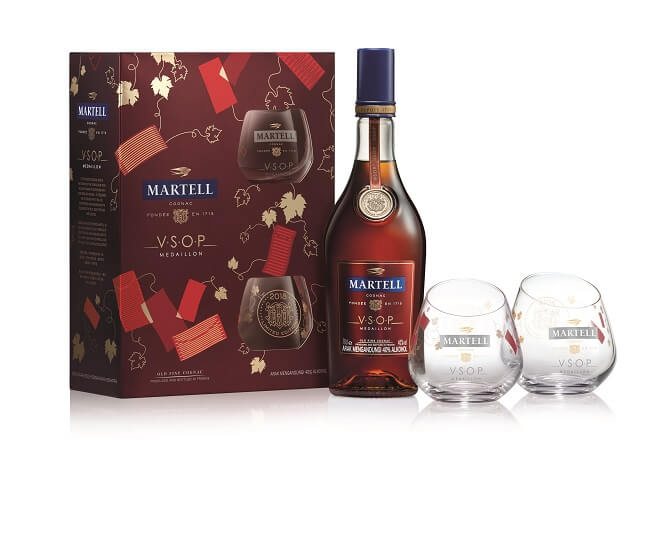
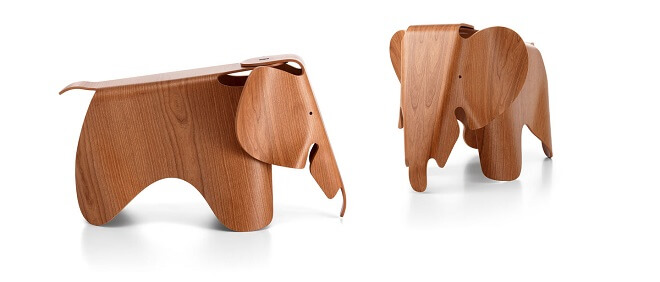
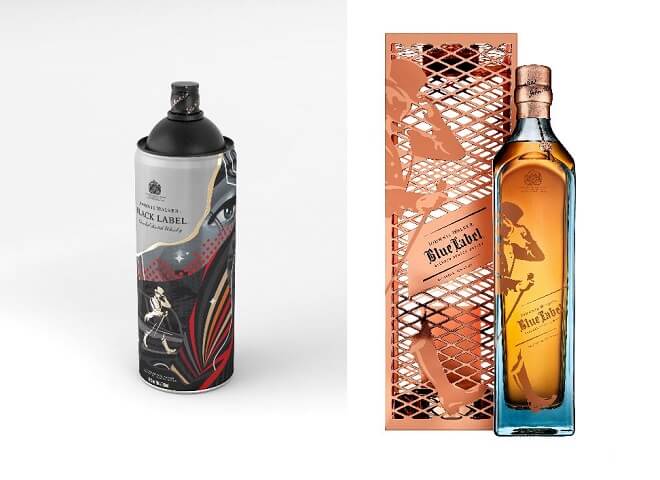
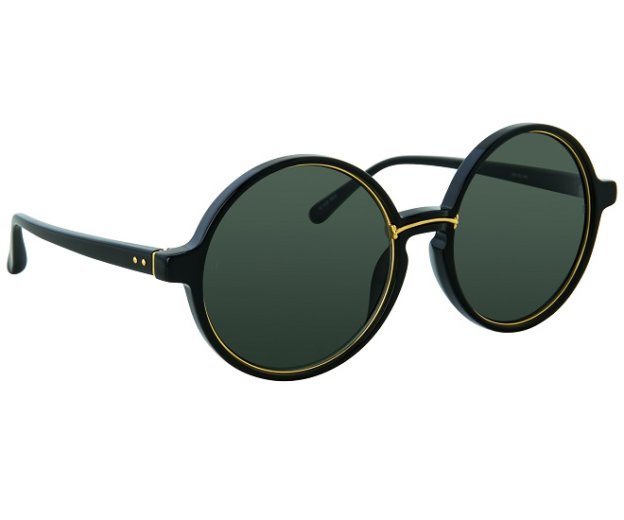
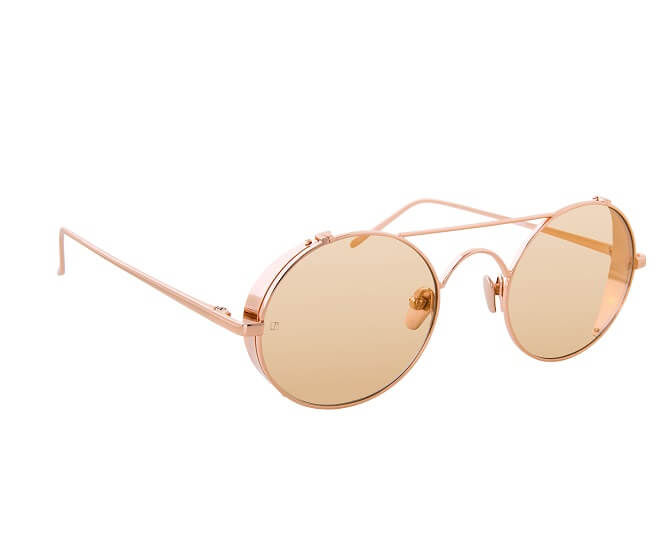 At times, it pays to take a few steps back before you can move forward. Linda Farrow’s latest eyewear collection from the AW17 season evokes idyll and pleasure, inspired by vintage sophistication and a lifestyle of pure luxury,
At times, it pays to take a few steps back before you can move forward. Linda Farrow’s latest eyewear collection from the AW17 season evokes idyll and pleasure, inspired by vintage sophistication and a lifestyle of pure luxury,